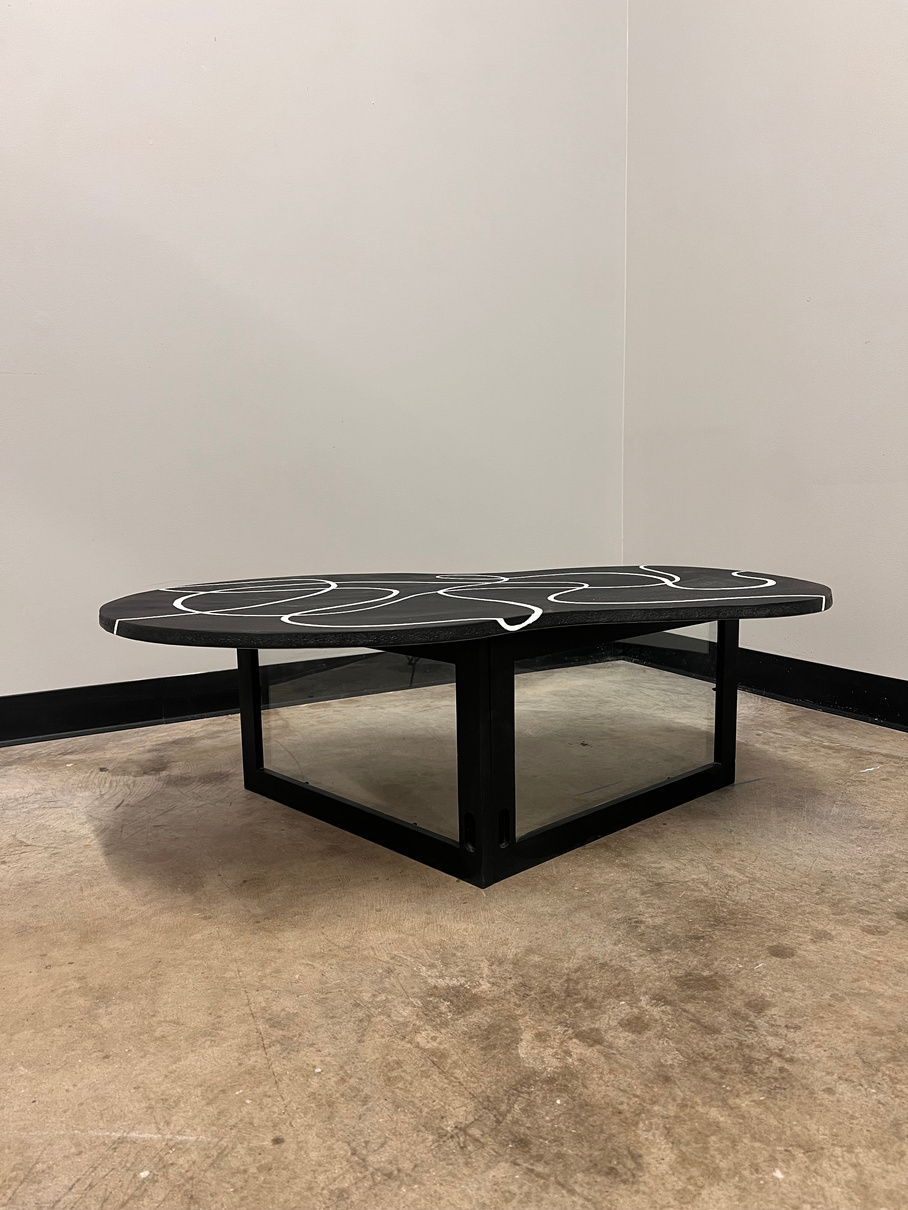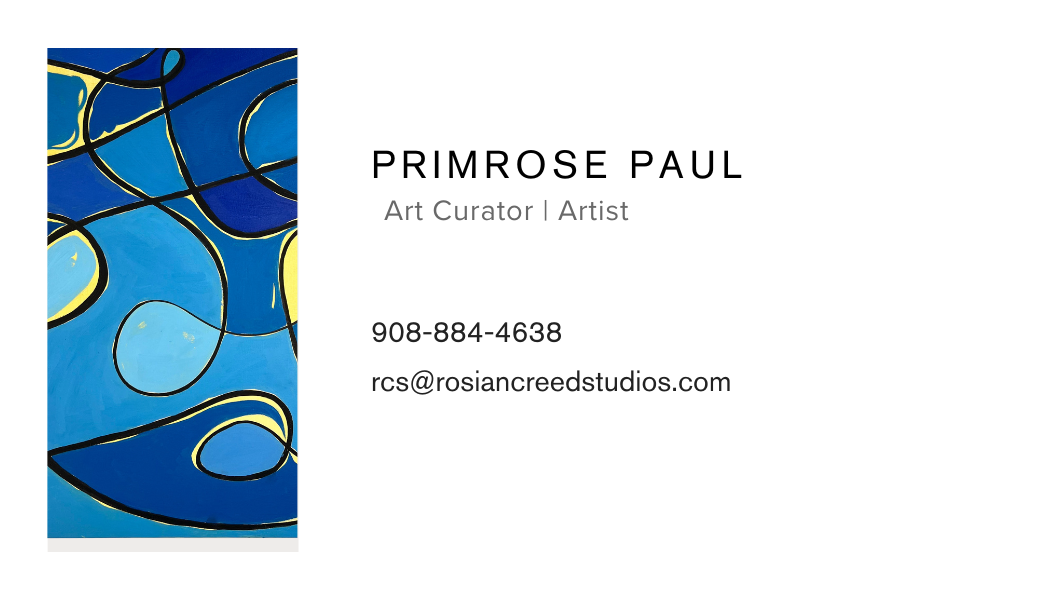
Primrose
Paul
C
Reative
portfolio
COntents
About
Curitorial Projects
- University of Indianapolis: Office of Inclusive Excellence and Retention Strategy
- The Basile Cultural Center
- The UIndy Student Counseling Center
Artistic Practice
- Painting
- Sculpture
- Drawing
Artist Biography
Primrose Paul is an artist, writer, and curator and earned her BFA in studio art with a concentration in painting at the University of Indianapolis. As a curator, Paul has worked with the Office of Inclusive Excellence and Retention Strategy to create a gallery space that celebrates multiculturism at the University of Indianapolis, thus far completing three exhibitions. Paul’s practice with writing explores identity in the cultural marketplace, specifically focusing on speculation of an Afrofuturist future. She is a member of the editorial collective of FIELD: A Journal of Socially Engaged Art Criticism where her essay on Afrofuturism was recently published. As an artist, Paul works mainly with oil painting experimenting on the relationship between the foreground, background, and texture in portraiture. Paintings created are made as opposites of one another often accompanied with a component of storytelling.
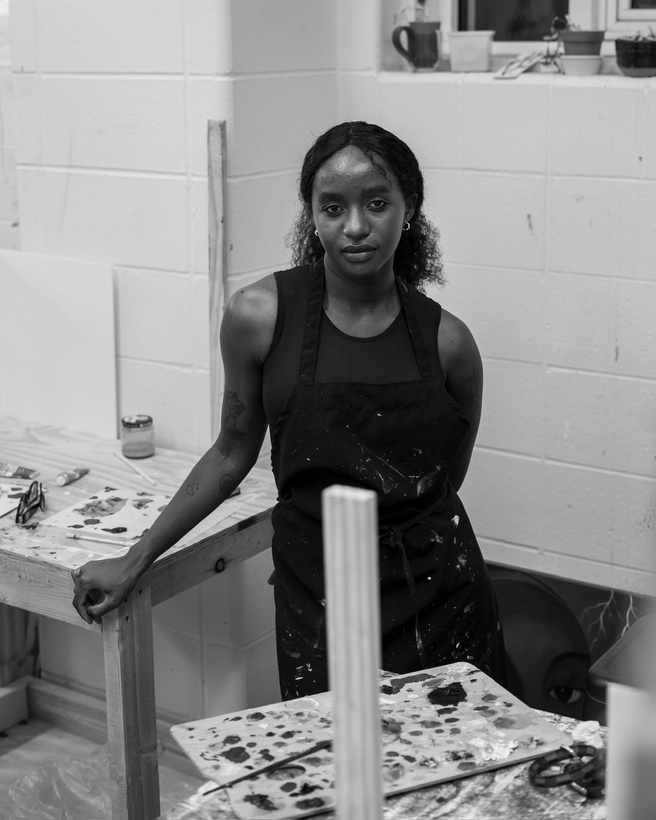
Ode to Blackness
black-ness
noun
The fact or state of belonging to a human group having dark-colored skin
Ode to Blackness is a contemporary exhibition curated by Primrose Paul as her first public exhibition at the University of Indianapolis Intercultural Center. The central topic is on art through the lens of Black creatives and how they use their artistic practices as a form of revolution. The exhibition is inspired by the ongoing social issues that affect the Black body and how Black creativity as a medium of activism sparks conversations about blackness.
How does the Black body take up space?
Black creativity takes up the role of challenging how the Black body is juxtaposed to negative stereotypes en masse and how they fuel one’s perception of Blackness. The Black body has become the personification of crime with its existence being one constantly in pain. It is seen as suspect in public spaces with pain inflicted upon it by the commodification of difference in today’s cultural marketplace.

Blackness as a subject matter in art has often been a traumatic experience depicting a body in pain, however, this exhibit takes a different approach. Blackness is expressed through both joy and pain, uniting the two into one to give a story about the uniqueness of how life is experienced by black individuals. The array of subject matter ranges through numerous topics musing the Black body in themes such as royalty, frustration, and in general, its relation to its environment.
Collectively, the artists and their work answer the question of how Blackness takes up space. The artistic practices featured include painting, figurative drawing, photography, illustration, prints, and sculpture.
To Preserve and protect
To Preserve and Protect our history, we are called to pay attention to our cultures and understand the importance of the diversity within them. One of many roles of an artist is to protect and preserve history, culture, and diversity. Through the interconnectedness of the human experience and our intersectional identities, this exhibition serves to highlight artists and works that showcase preservation in action. These layered and complex identities that live inside and around us are intricate. Here, motifs of race, religion,mental health, and identity served as the focal point. The artists guide the viewer through their intimate worlds and help us understand the crossover of all of our identities and how they come together to preserve and protect. The challenge for the viewer is to understand the interdependence of these concepts by honing in on the lived experience of members of the LGBTQ+ community.
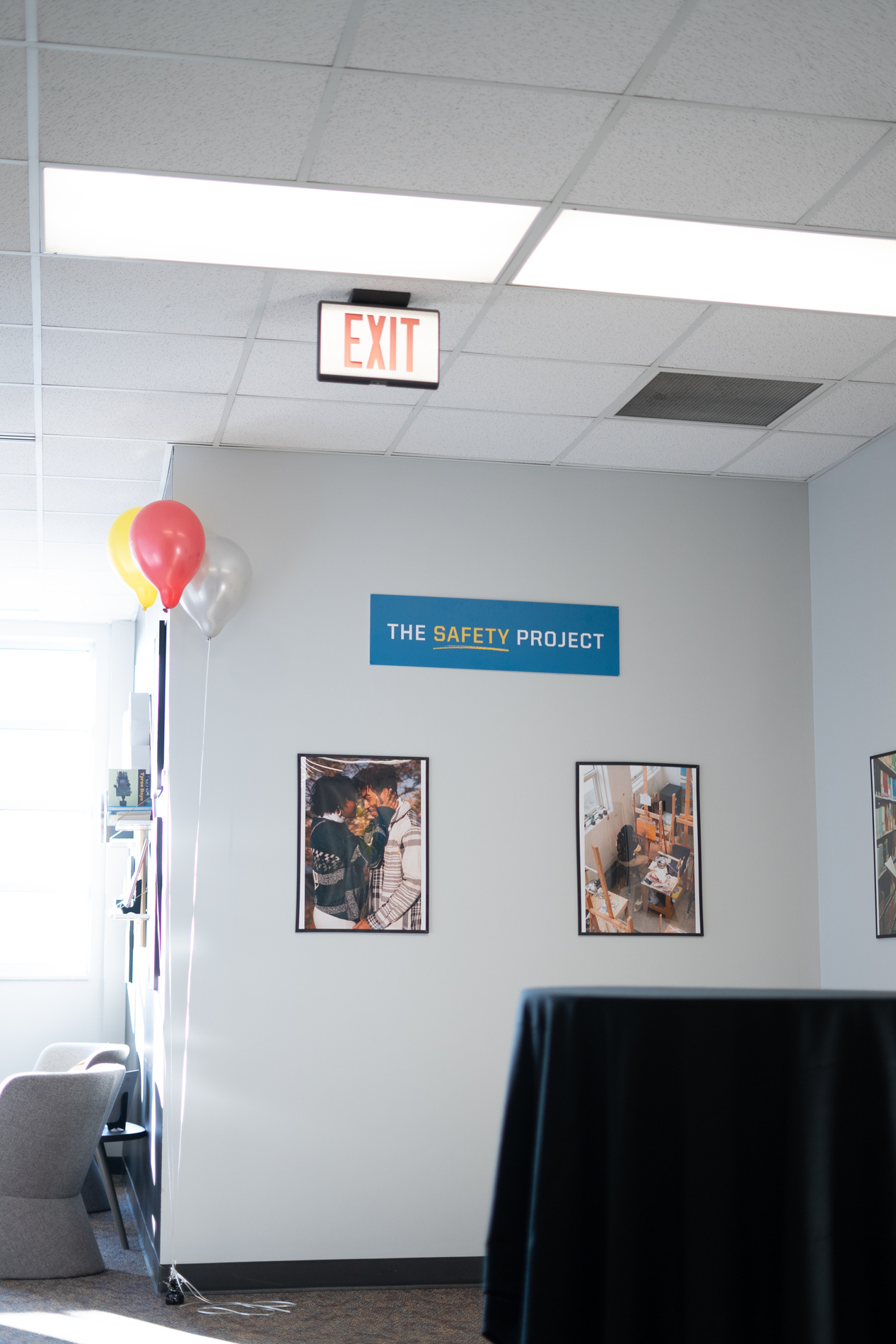
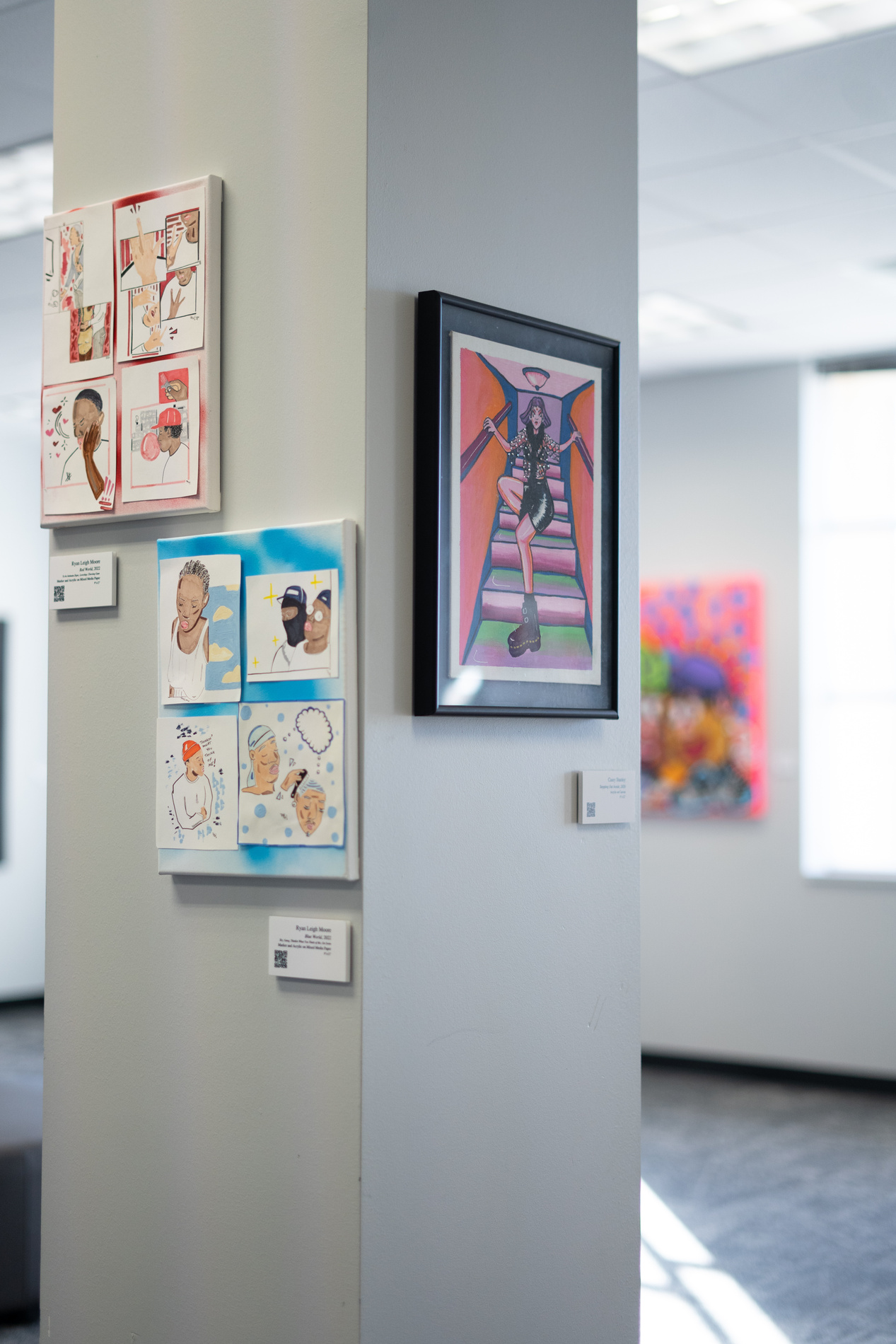
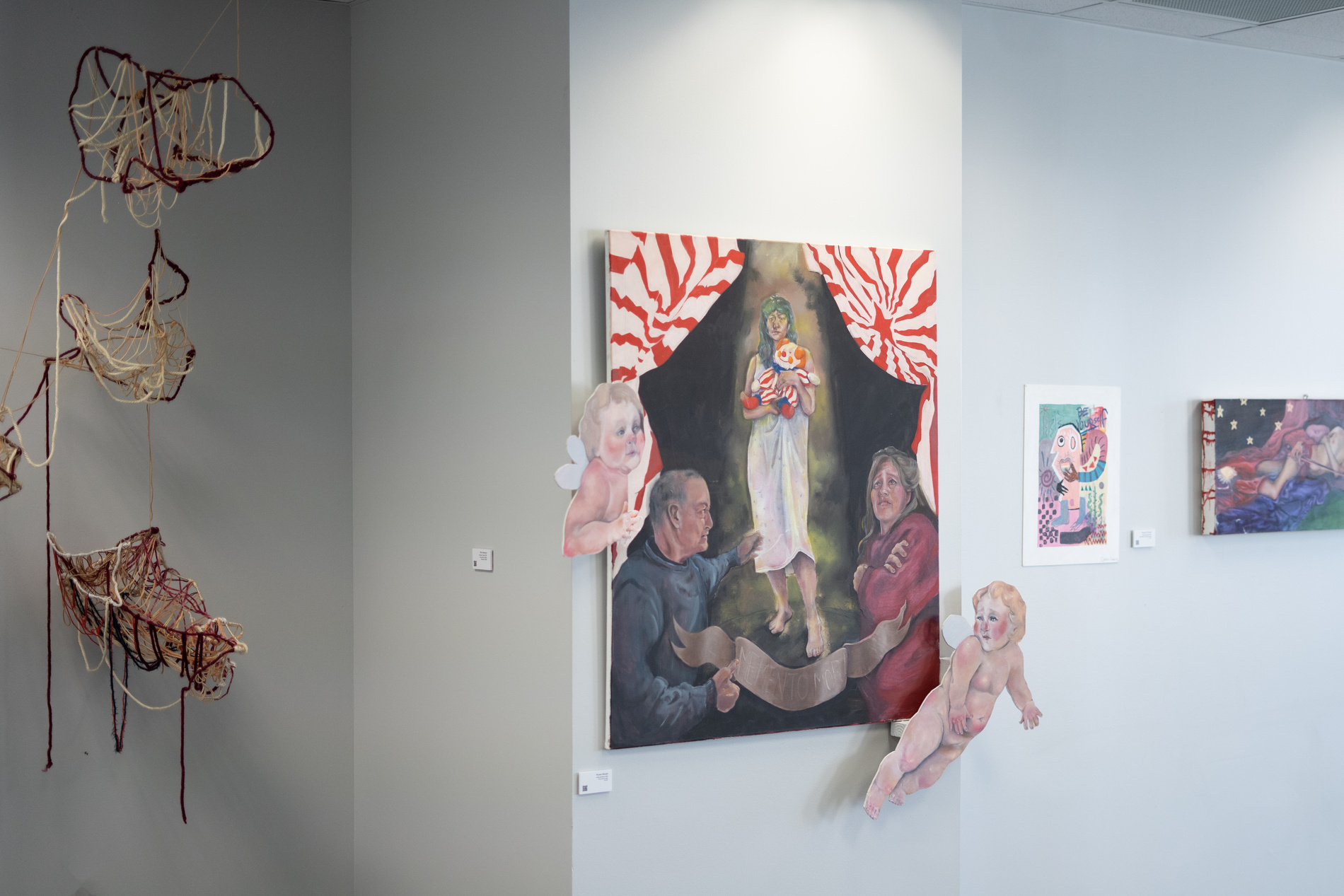

HEart: A Visual Language Immersion
How do you feel when you look at this piece of art?
When images are presented to us, our brains find ways of distinguishing objects to identify what we are looking at and from this, we form ideas about things around us and our feelings towards them. Emotions can be ineffable. To experience emotions and not be able to put them into words can often leave us feeling disconnected with ourselves and others. As artists we are often called to express society’s emotions, to create meaning out of senseless acts of violence, to hold space for sadness or joy and to commemorate times of trial and tribulation. Too often the ask of the underrepresented artist is to reflect the experience of the unseen and unheard. Too often are they asked to showcase their pain in ways that allow their communities to feel represented. Visual language as a system of communication is one that has been used through time as a way of informing people on current events, or spreading propaganda or triggering emotions within us. In this exhibition, the viewer is invited into a playful world of colors, shapes, and symbols where one’s imagination is untethered. The imagination acts as a site where emotions can lead the artist to create works of art that stimulate our senses when we are introduced to them resulting in the evocation of numerous feelings within us. The artist was asked to to simply show us their heART. Freedom to express the most abstract of feelings allows us a path to vulnerability and a reminder that even if we can’t describe it, even if we don’t quite understand it, we can all lean into the visual language that art creates, and find some sort of humanity within. Immersed in Visual Language takes the viewer into the works of abstractionists: Yuriy Vatkin, Shanell Kitt, Maurice McCrimmon, and Misha Baguio as they work on abstracting different forms whilst leaninginto the world of imagination and the stories that arise from their playful use of forms.
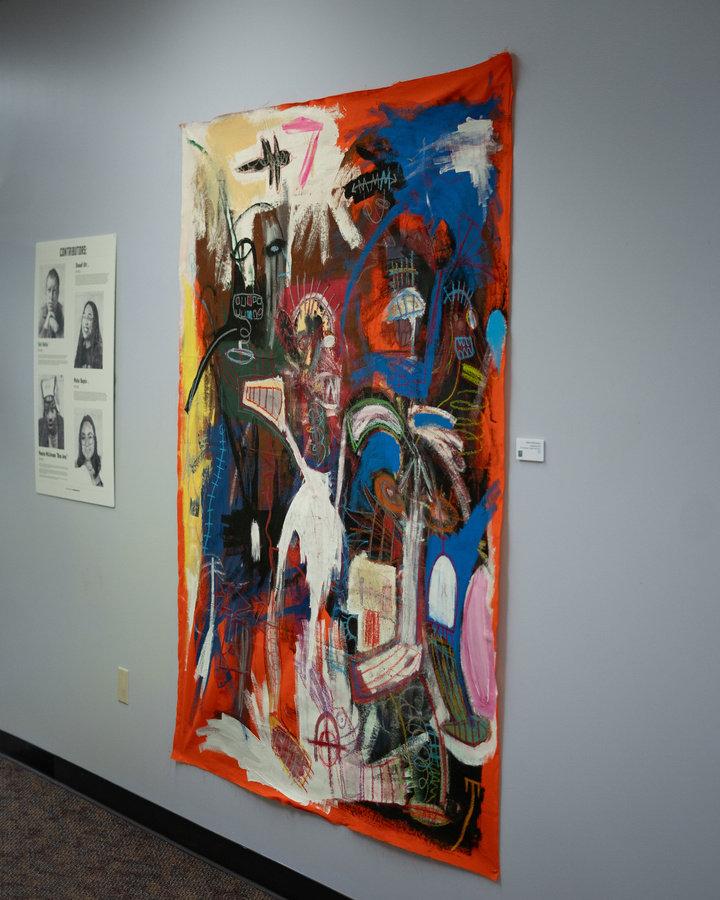
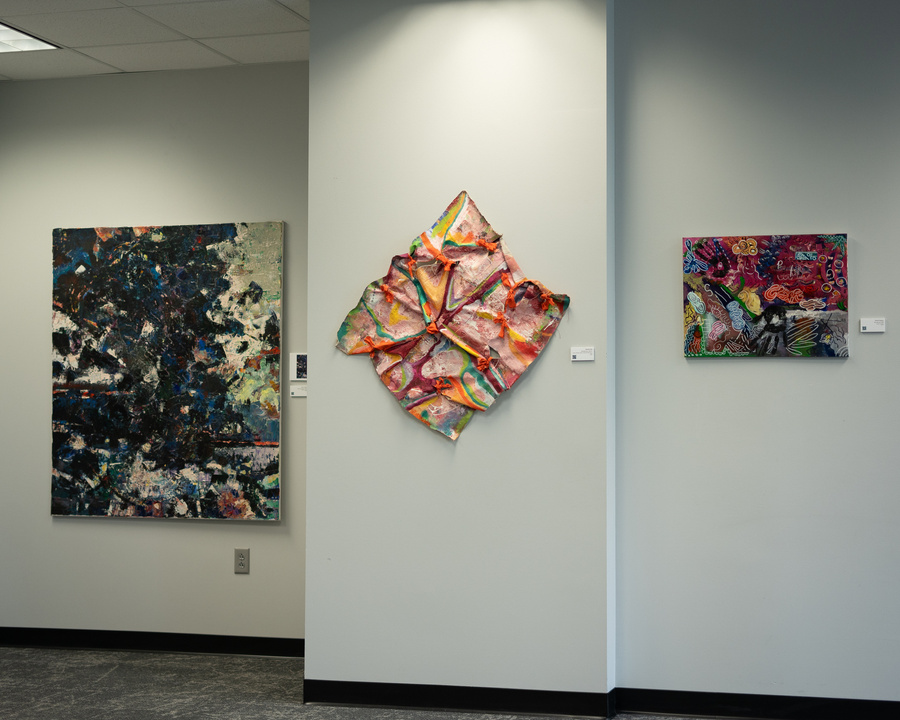
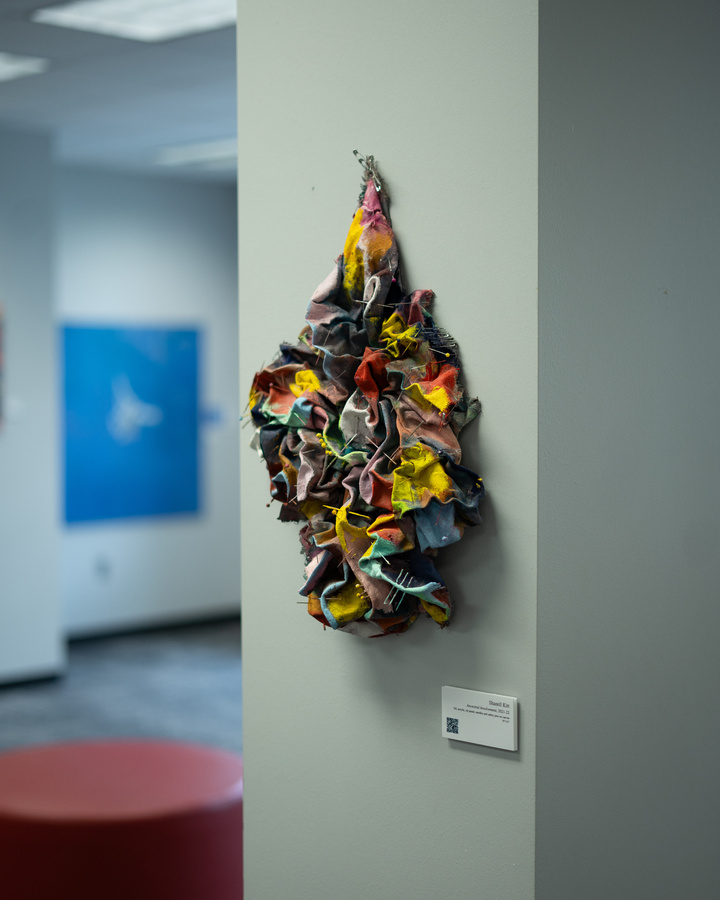
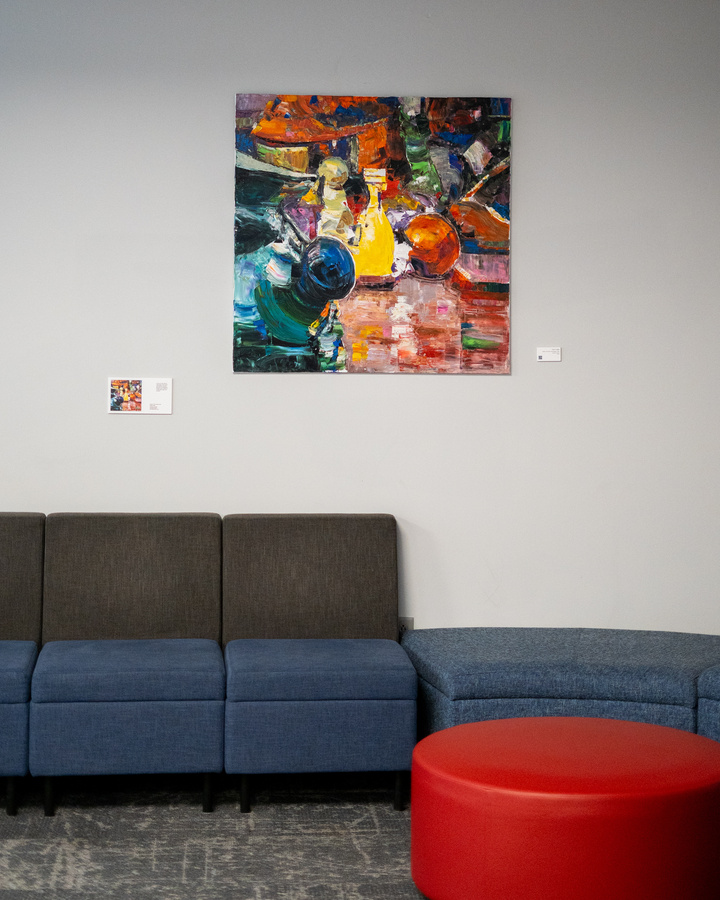
The basile cultural center
first friday exhibitions
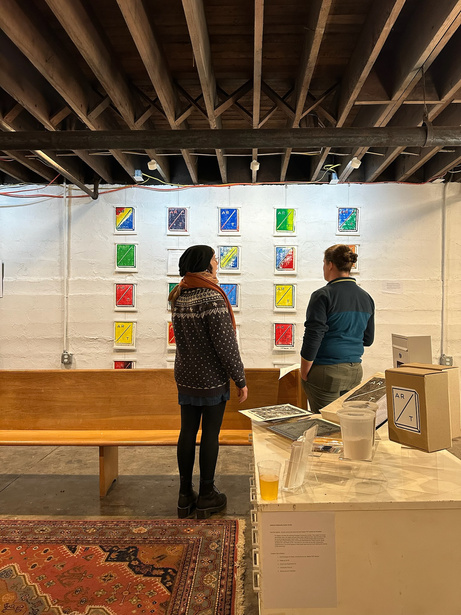
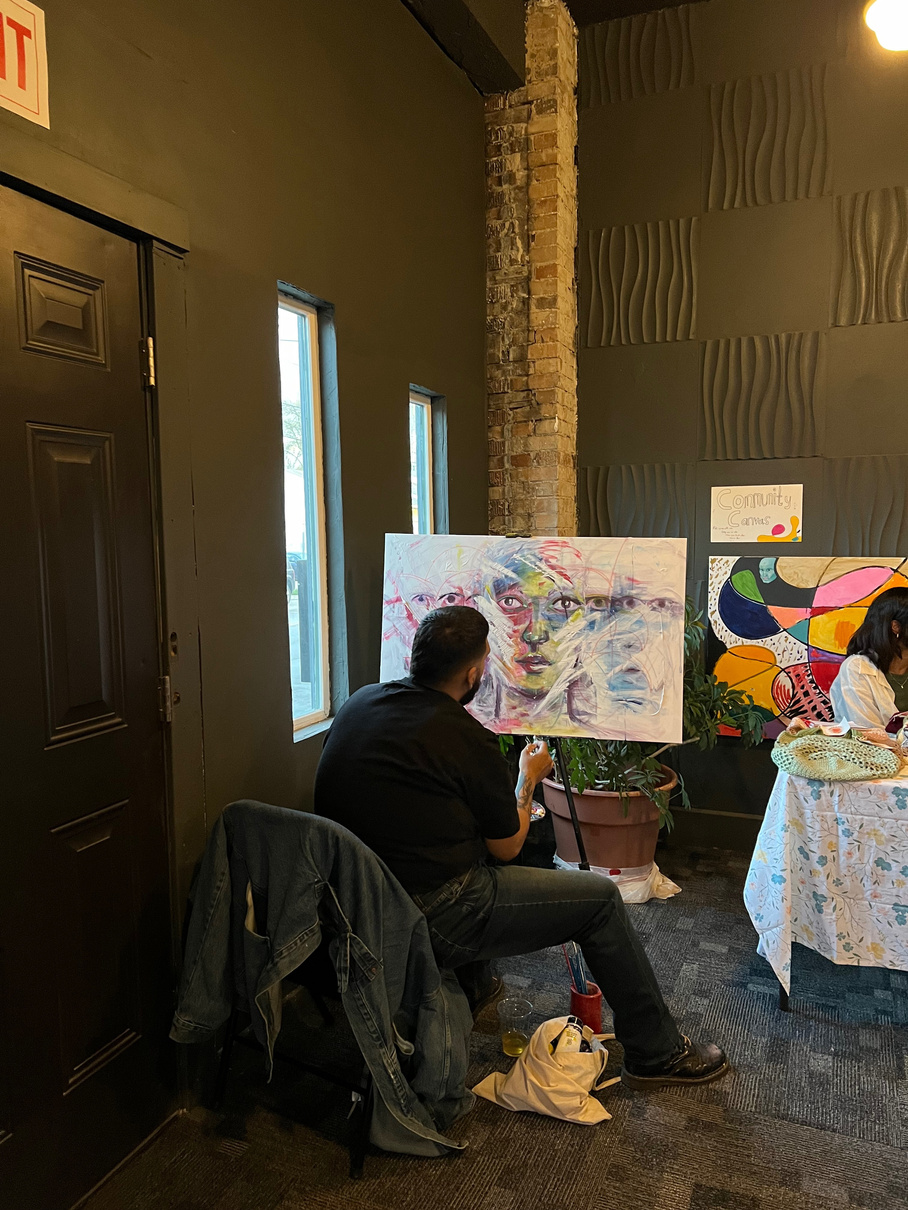
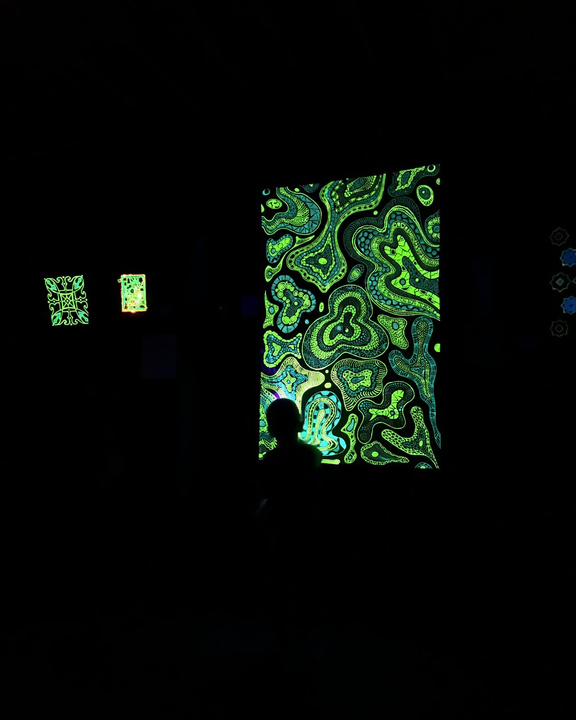
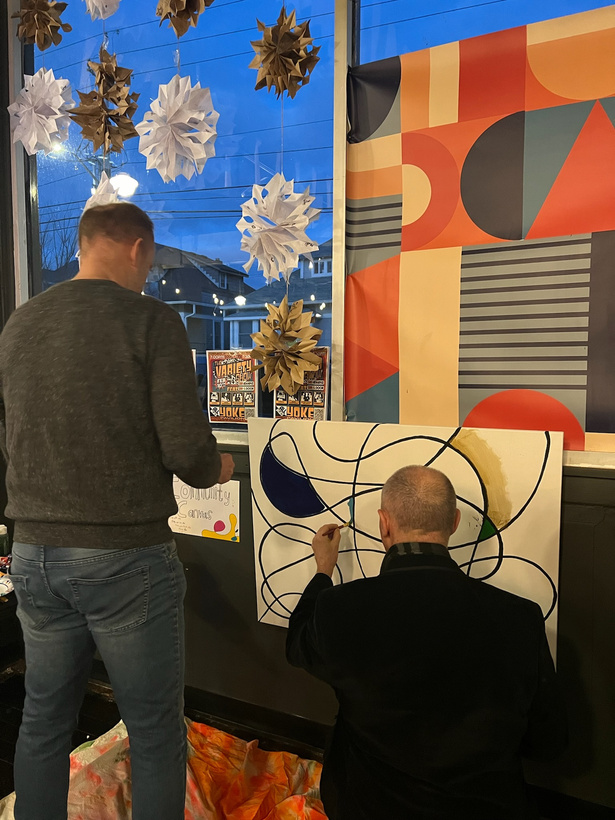
The Uindy student counseling center
permanent collection
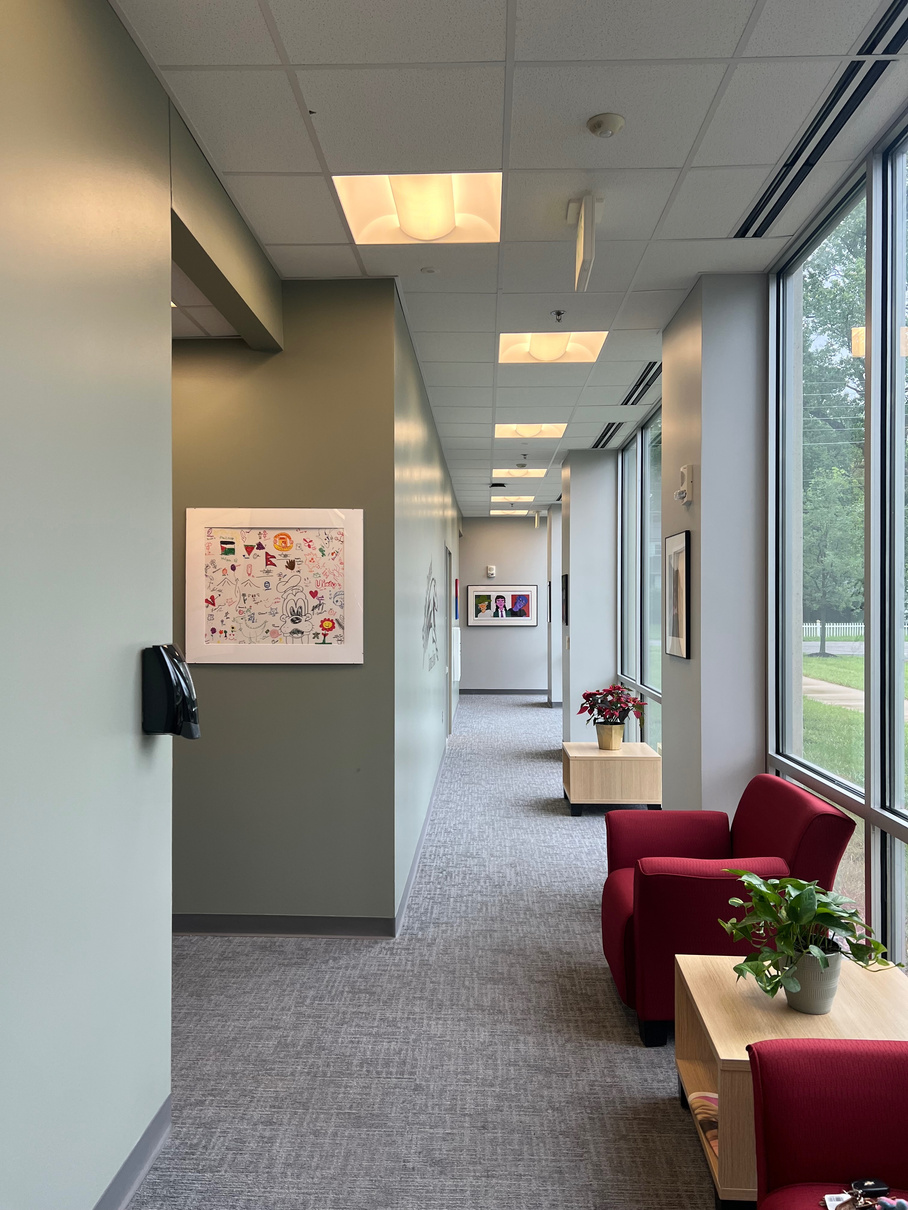
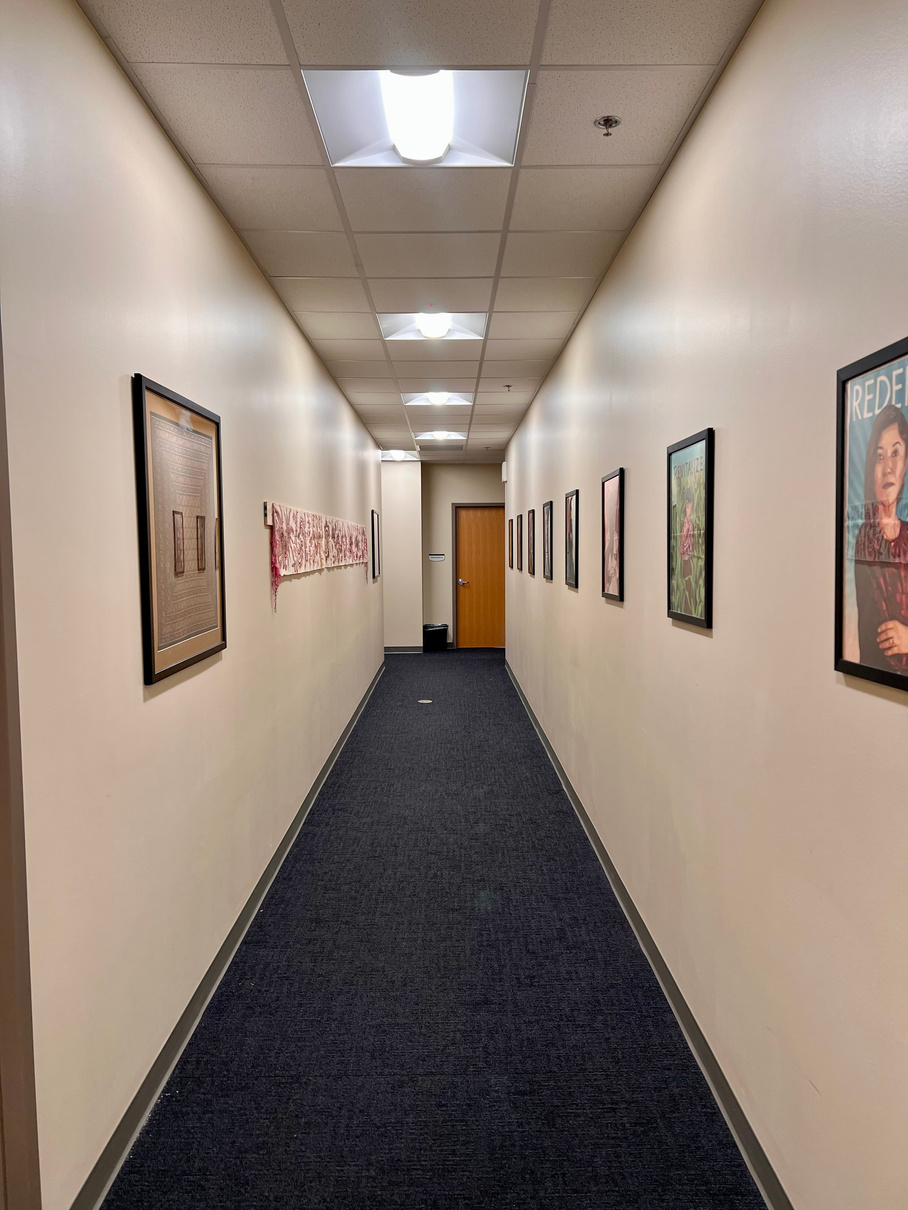

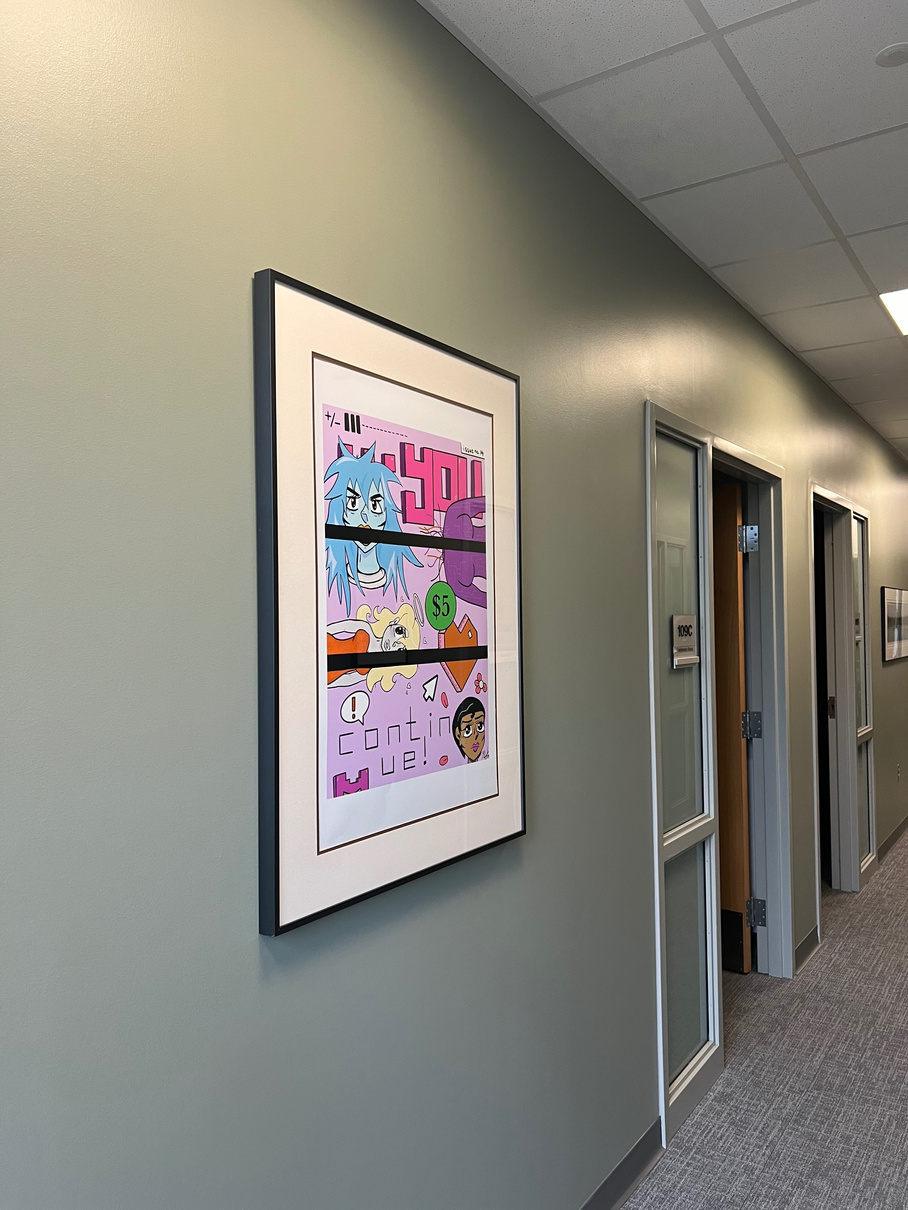
Coincidence of opposites
senior thesis exhibition
As an artist, the work that I make centers the conversation around the constant flux of life and showing things at opposites. Here, I explore the relationship between the foreground and background, looking at the effect the viewer gets when either is the focal point. Initially, my work truly started when I first created my version of Vermeer’s Girl with a Pearl Earring where I had to use collages and take bits and pieces from different artists and transform them into something new. This was the point where I started to take interest in the relationship between the figure and the background as opposites, slowly conceptualizing what it means to pay more attention to the back before noticing who is presented.
In my exhibition Coincidence of Opposites, I chose to use portraits I have created over the past few months to explore the changes of life. It was as though, to understand life, I had to understand that things exist at opposites of one another and at these opposites, a balance is retained. This body of work introduces you to figures placed at opposites of one another, each representing the interconnectedness that we share. The theme of opposites is explored using formal choices such as the use of color, binary opposites, or the relationships of the featured individuals. Storytelling becomes important as we cannot fully understand the coincidence of opposites unless we know the figure’s story. Hence this exhibition also explores intergenerational storytelling to get us to the point we stand today from grandparent to parent to child. Additionally, I also experiment with African motifs on my backgrounds that are inspired by lesos (a colorful cloth with repeating patterns often worn by Kenyan women), the use of beads, and primitive symbols.
For me, Coincidence of Opposites has represented my growth as an artist as I reflect where I started to where I am going. The exhibited paintings also show different styles of painting where I experimented to find the things that work or not. What I hope the viewer takes away is appreciation of portraiture when it is accompanied with storytelling.
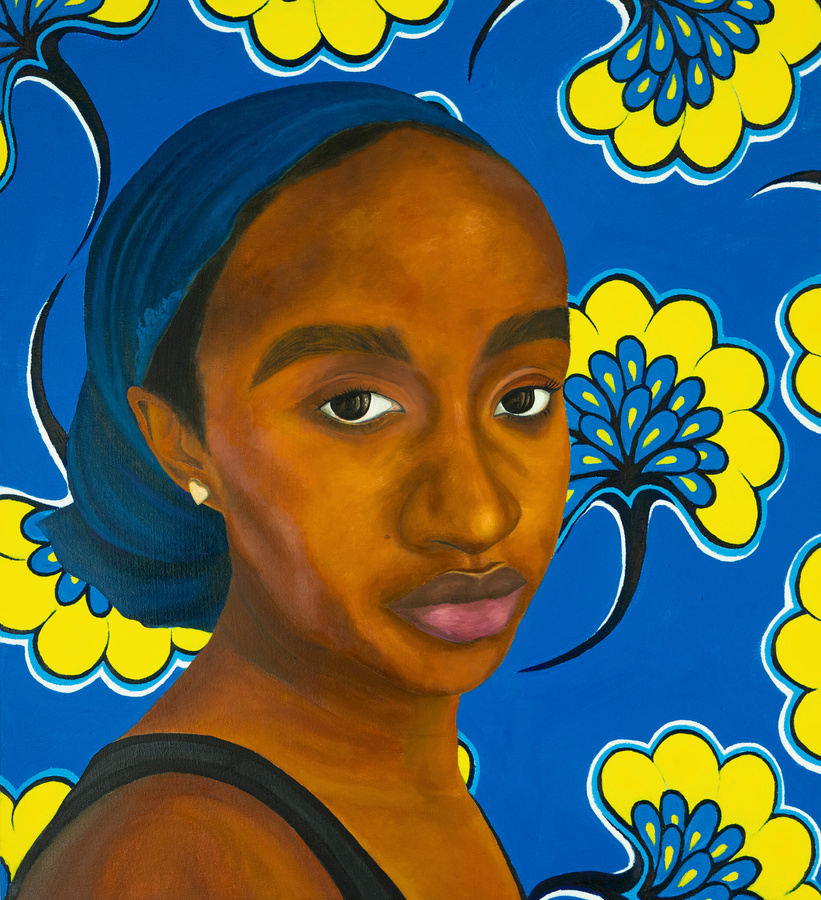
At the End, 18x20
Oil on canvas
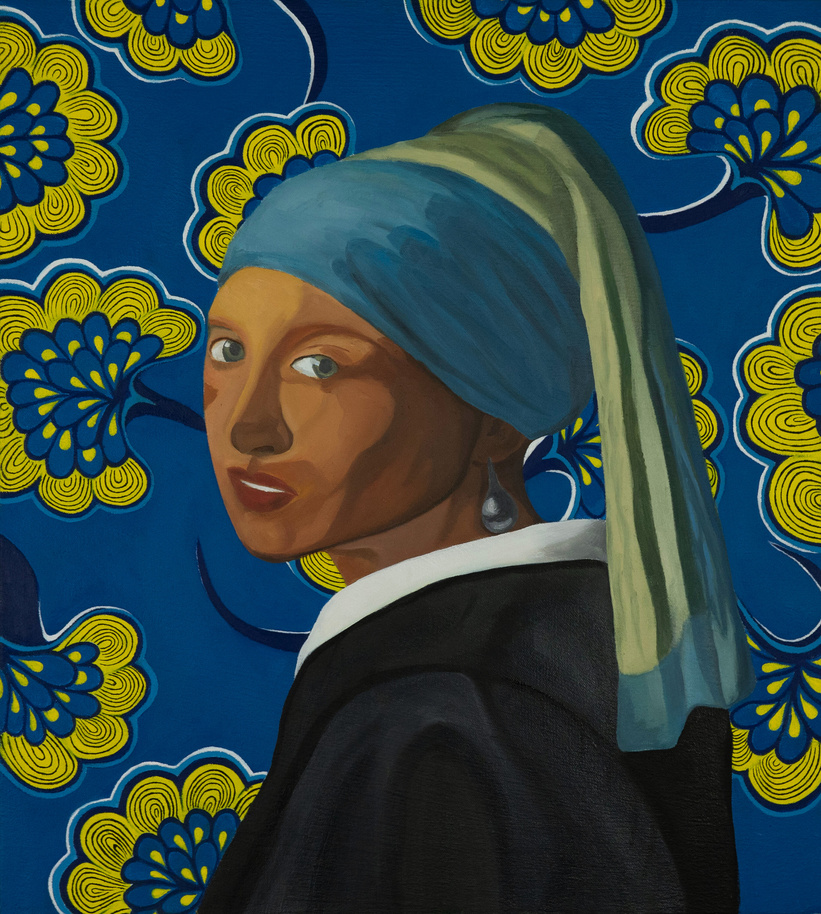
In the beginning, 18x2o
Oil on canvas
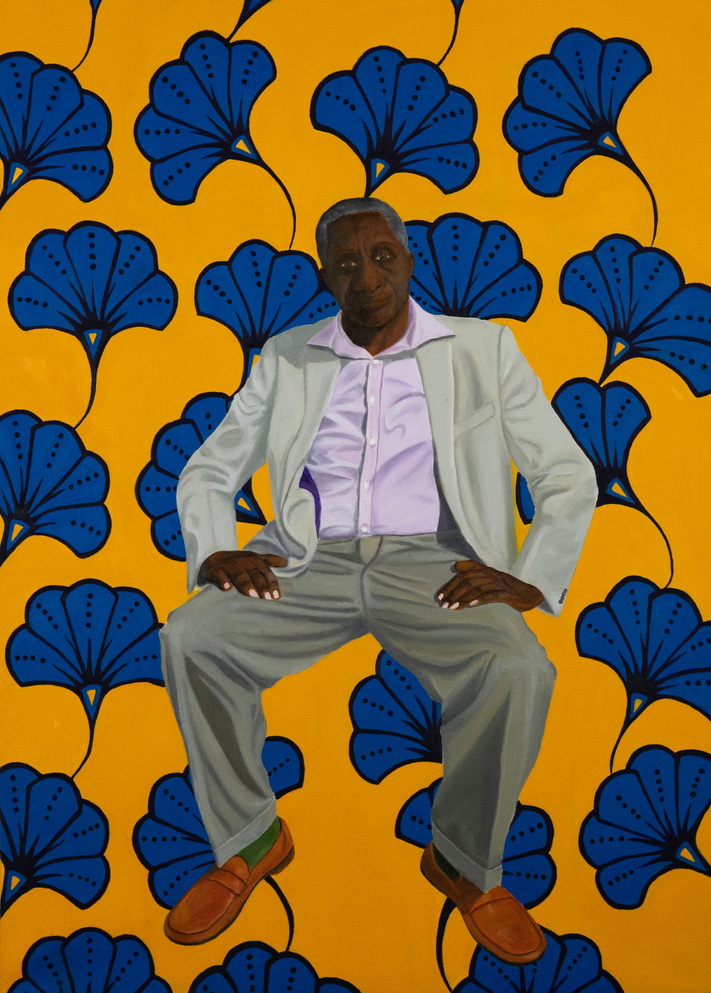
Portrait of Joseph Omari, 20x28
Oil on canvas
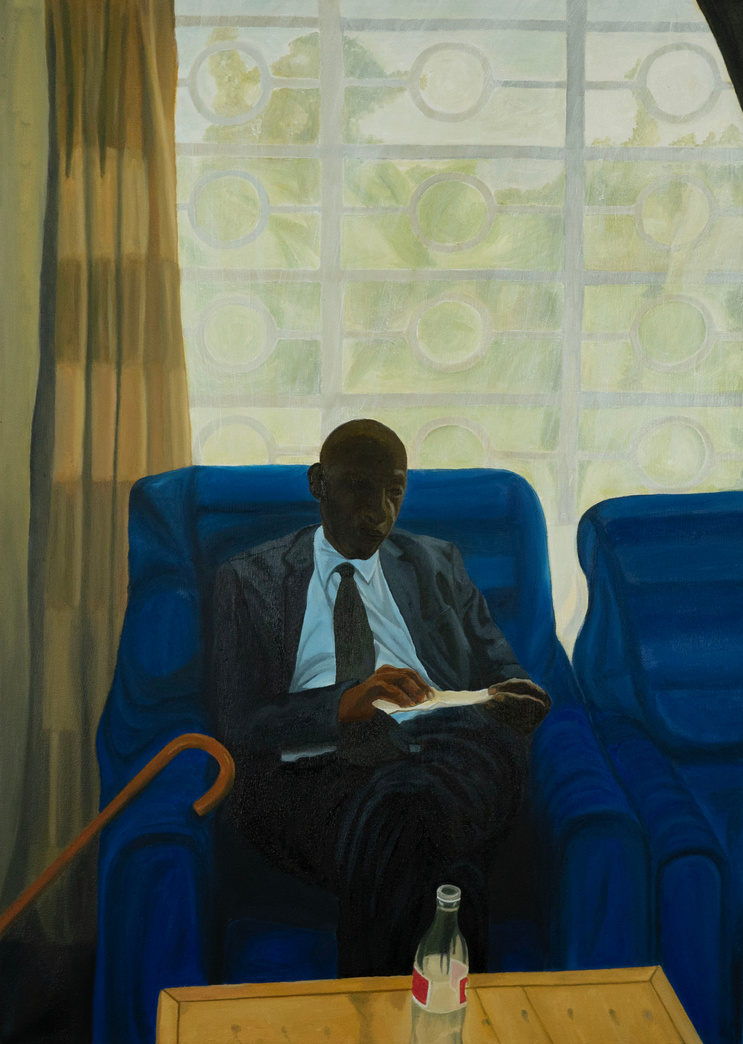
Portrait of Nemwel Makori, 20x28
Oil on canvas
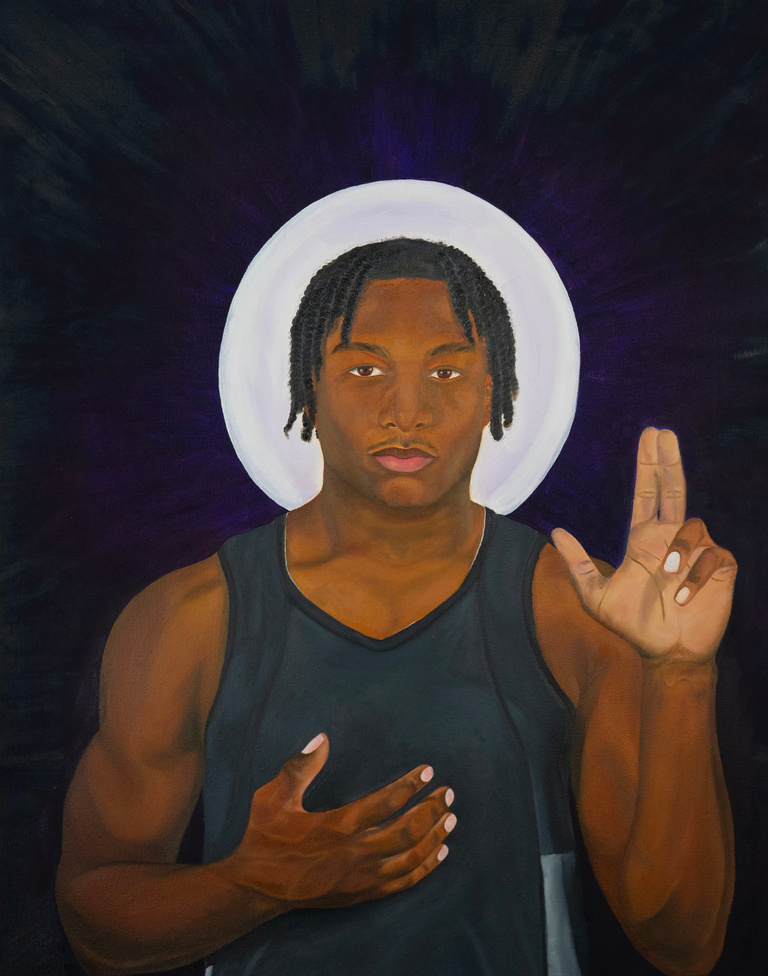
a son of god, 22x28
Oil on canvas
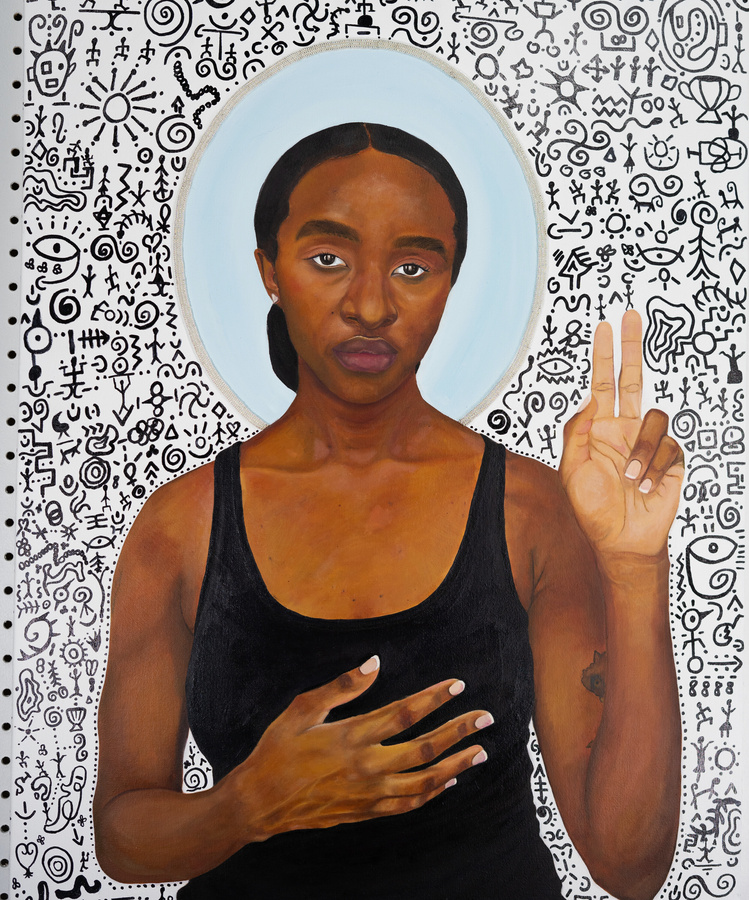
A daughter of the universe, 22x28
Oil on canvas
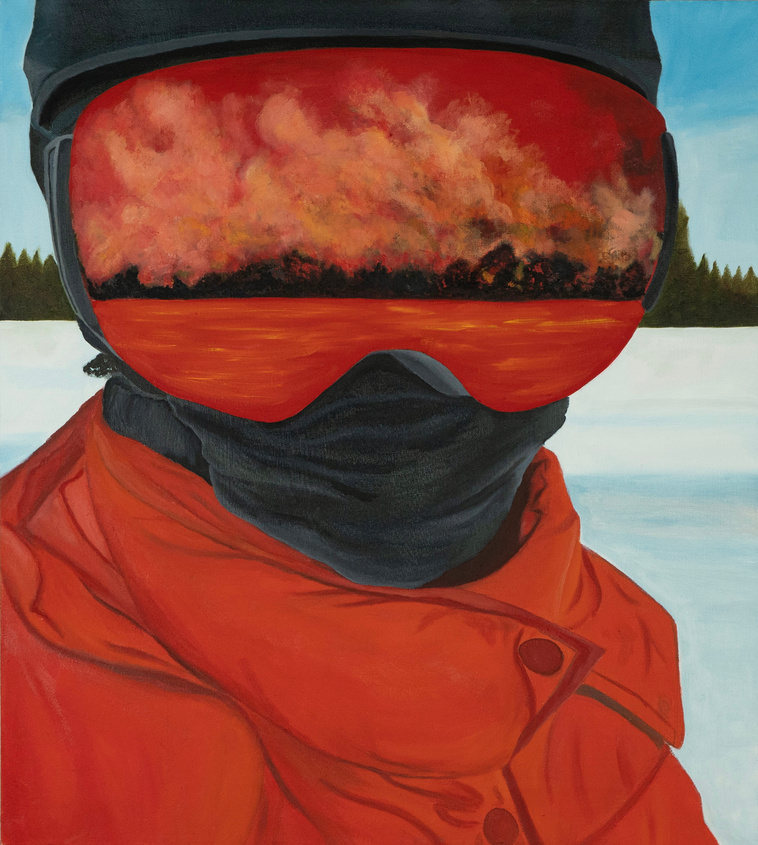
while the world burns, 18x20
Oil on canvas

while the world freezes, 18x20
Oil on canvas
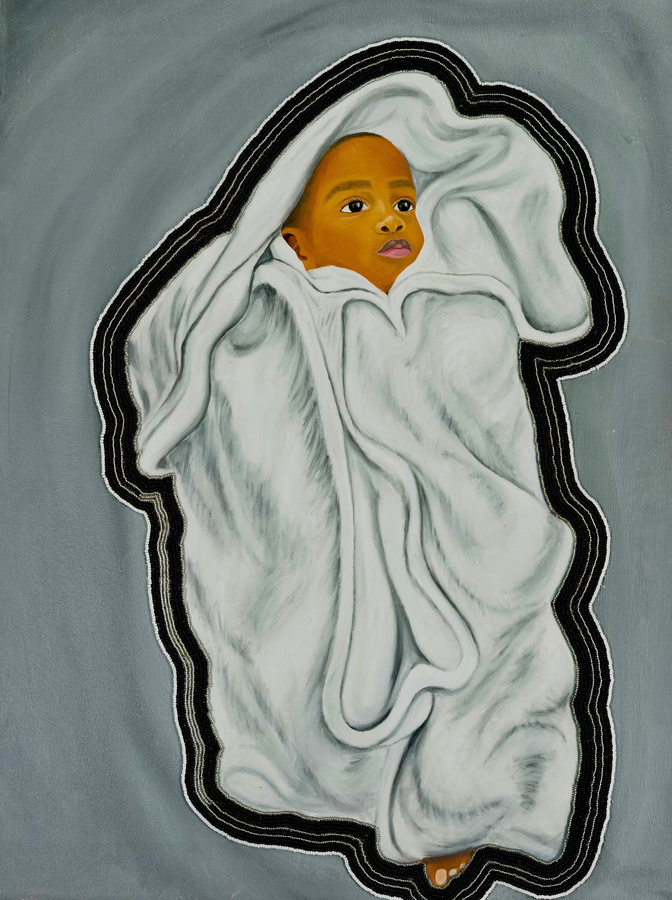
To be Reborn is to Die, 18x24
Oil on canvas

To die is to be reborn, 18x18
Oilon Decorative fabric
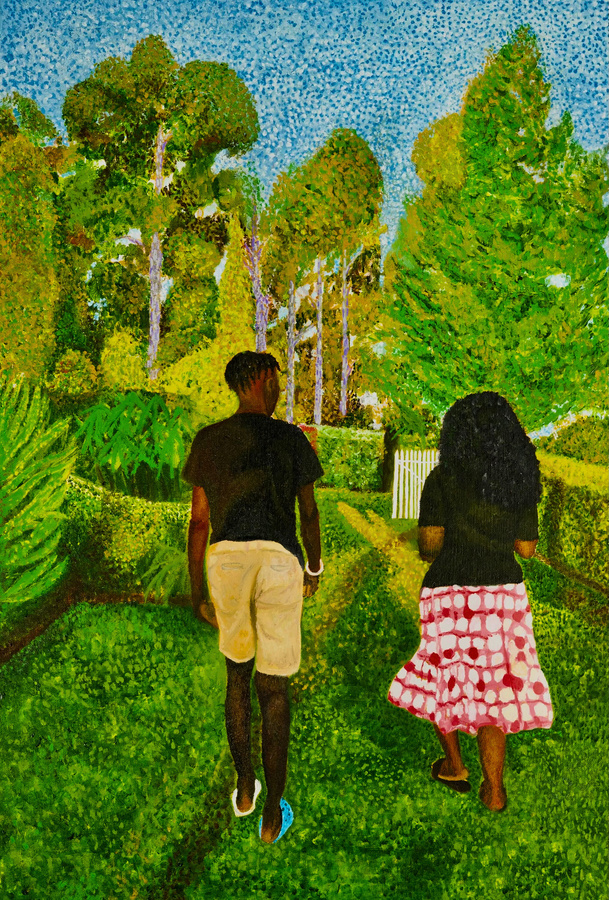
An Evening Walk in Kisii, 16x24
Oil on canvas

coincidence of opposites
film
almost blue series
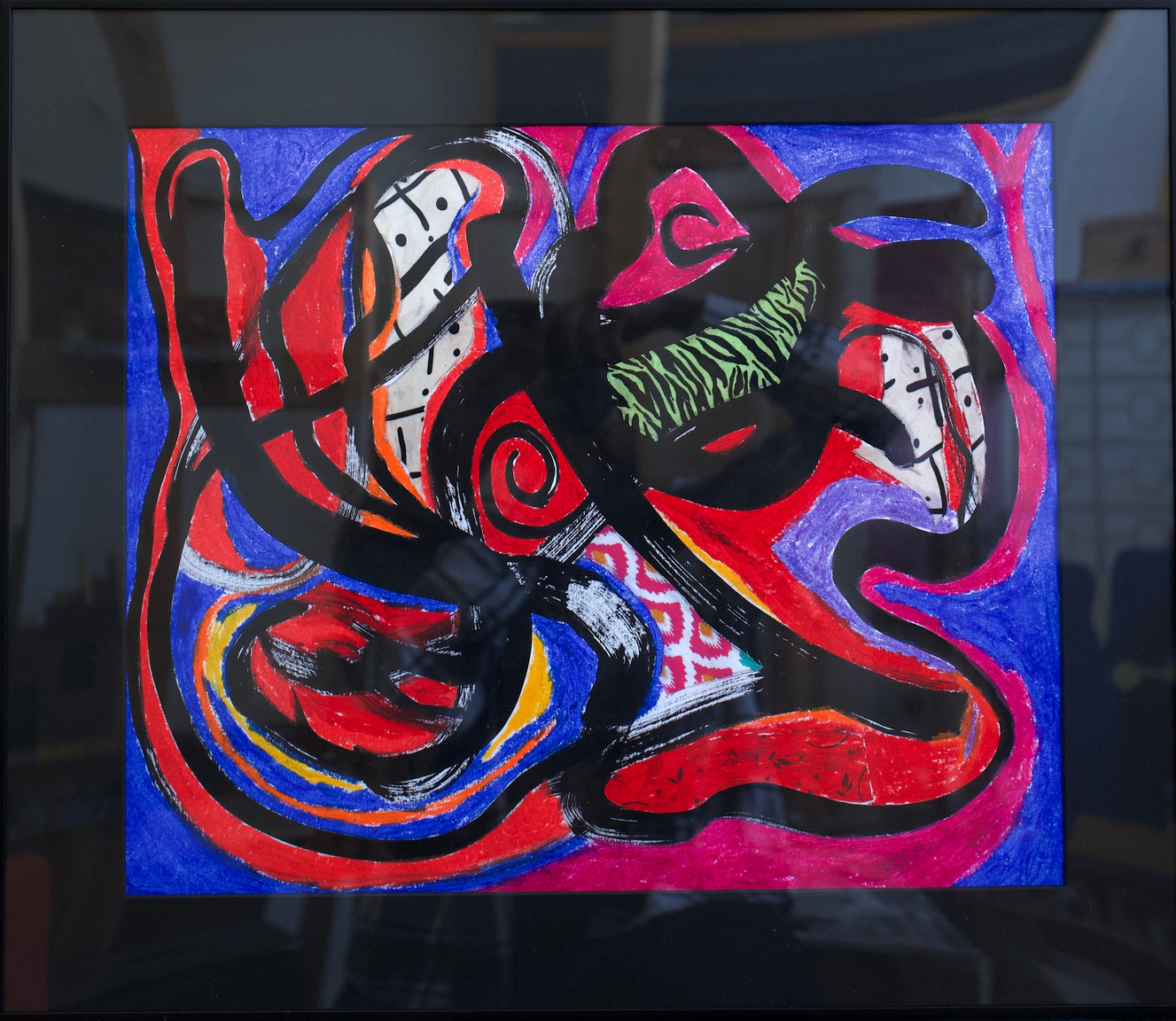
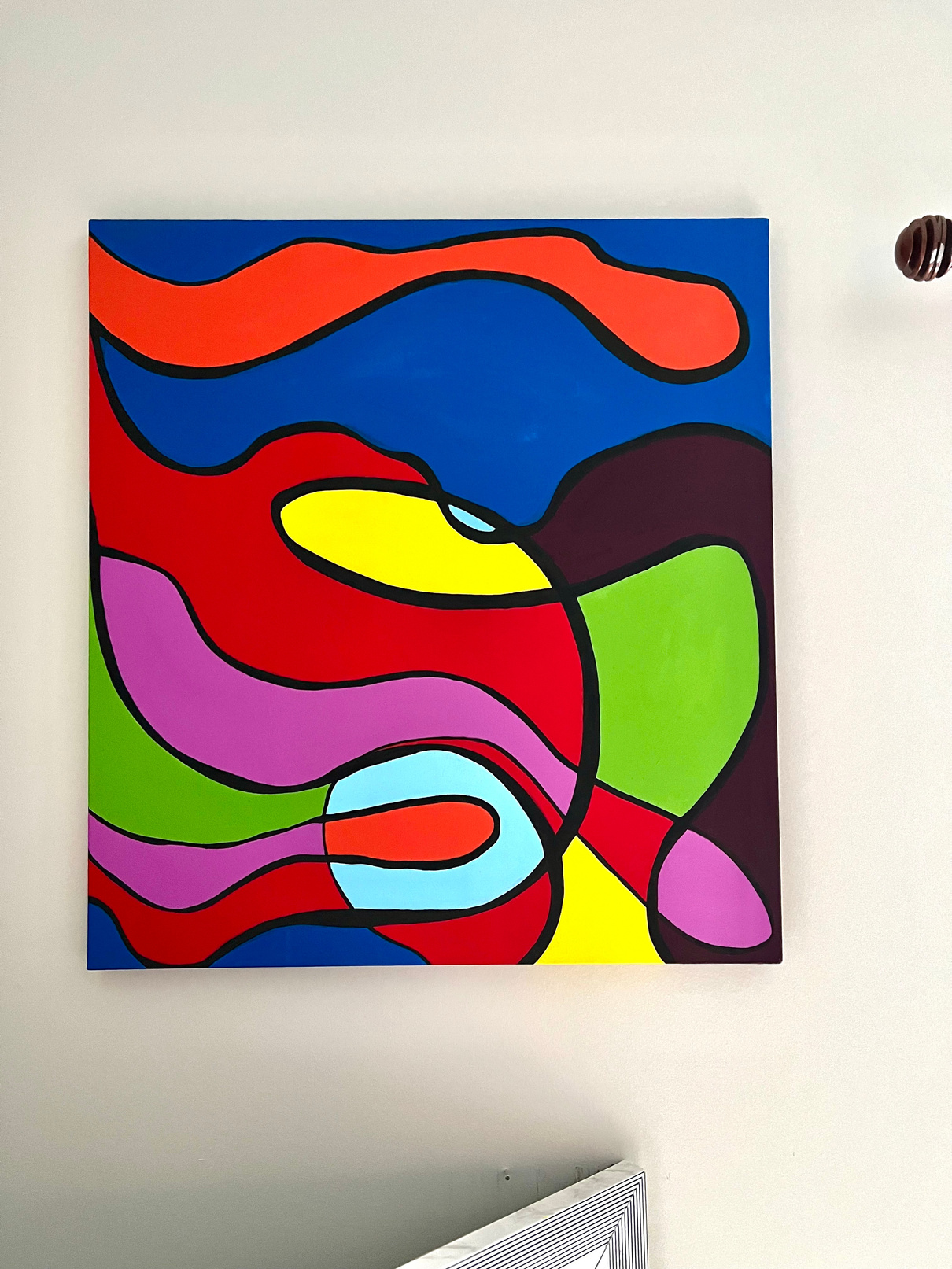
Almost Blue:0-1, 22x24
Oil pastel, fabric, and india on canvas
unavailable
Almost Blue: 1-2, 22x24
Oil and india on canvas
Unavailable
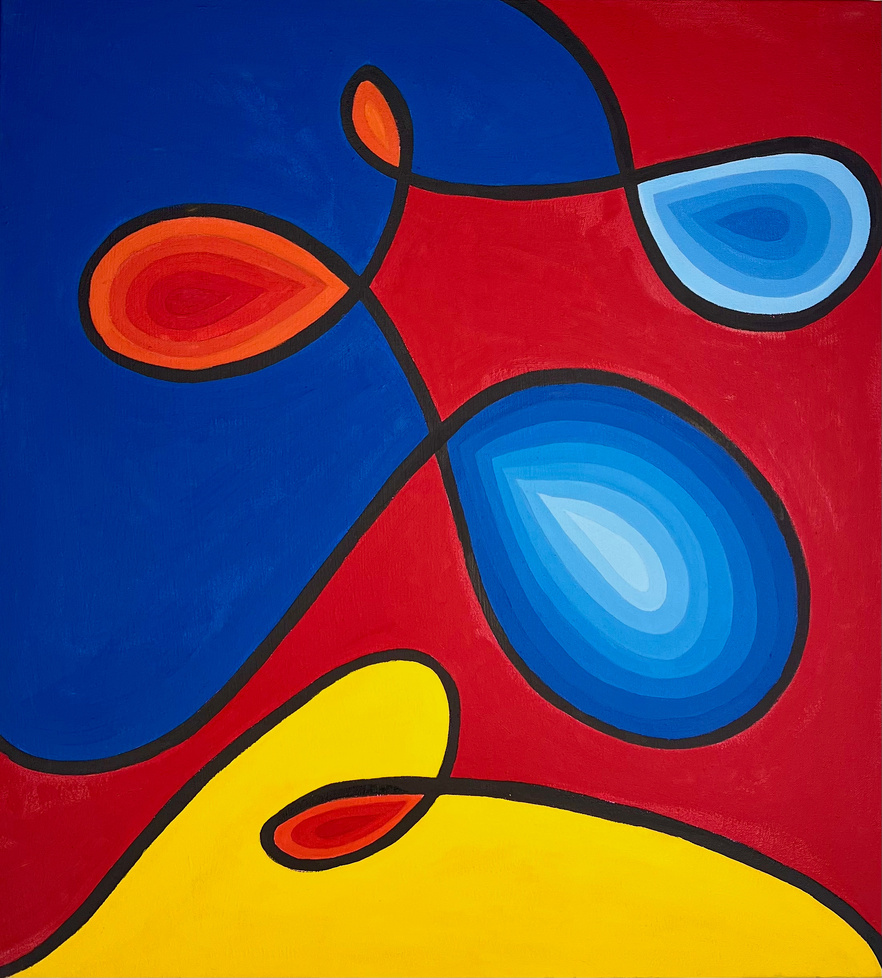
Almost Blue:2-3, 22x24
Oil and india on canvas
Unavailable
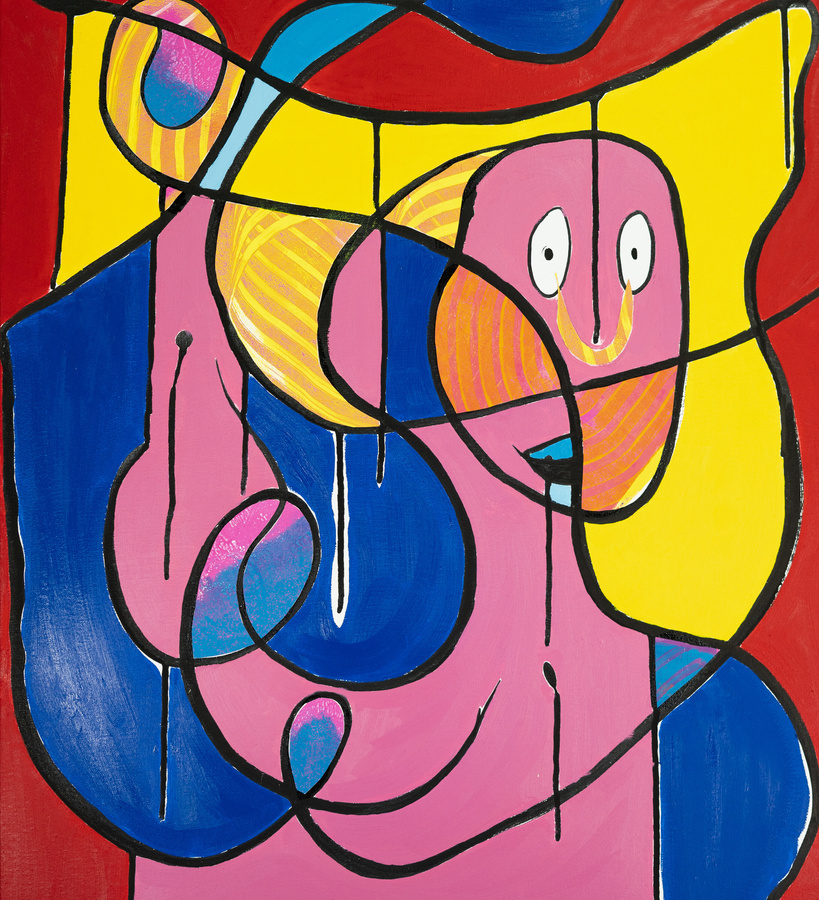
Almost Blue:3-4, 22x24
Oil, prints, and india on canvas
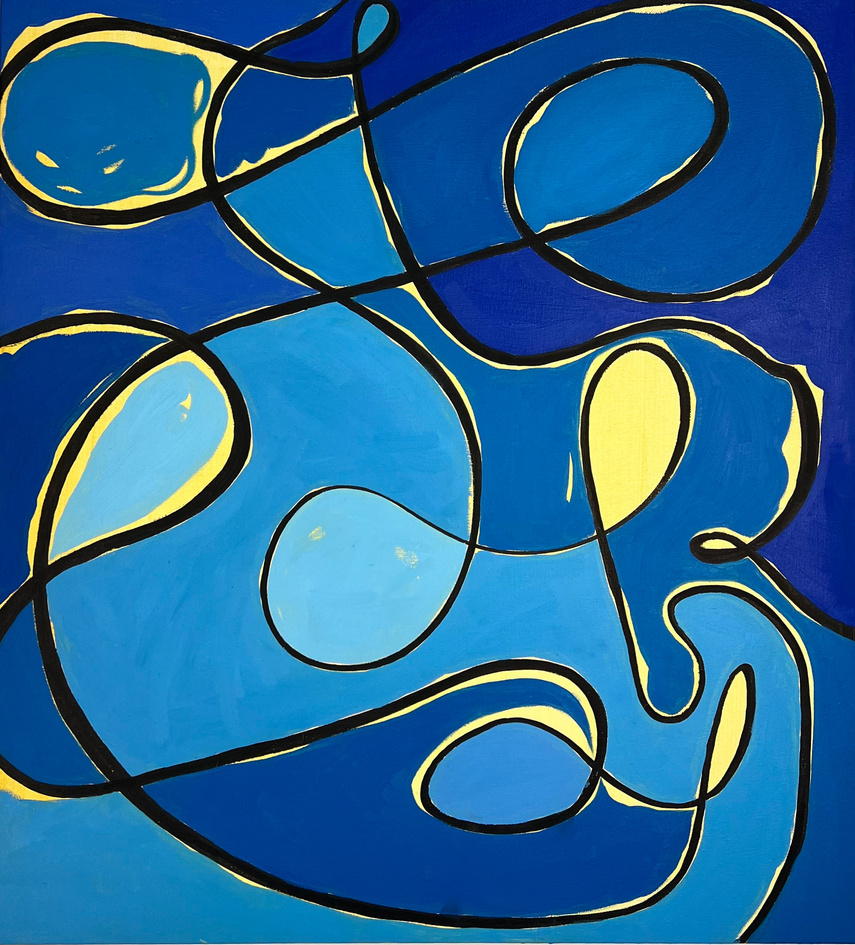
Almost Blue:4-5, 22x24
Oil and india on canvas
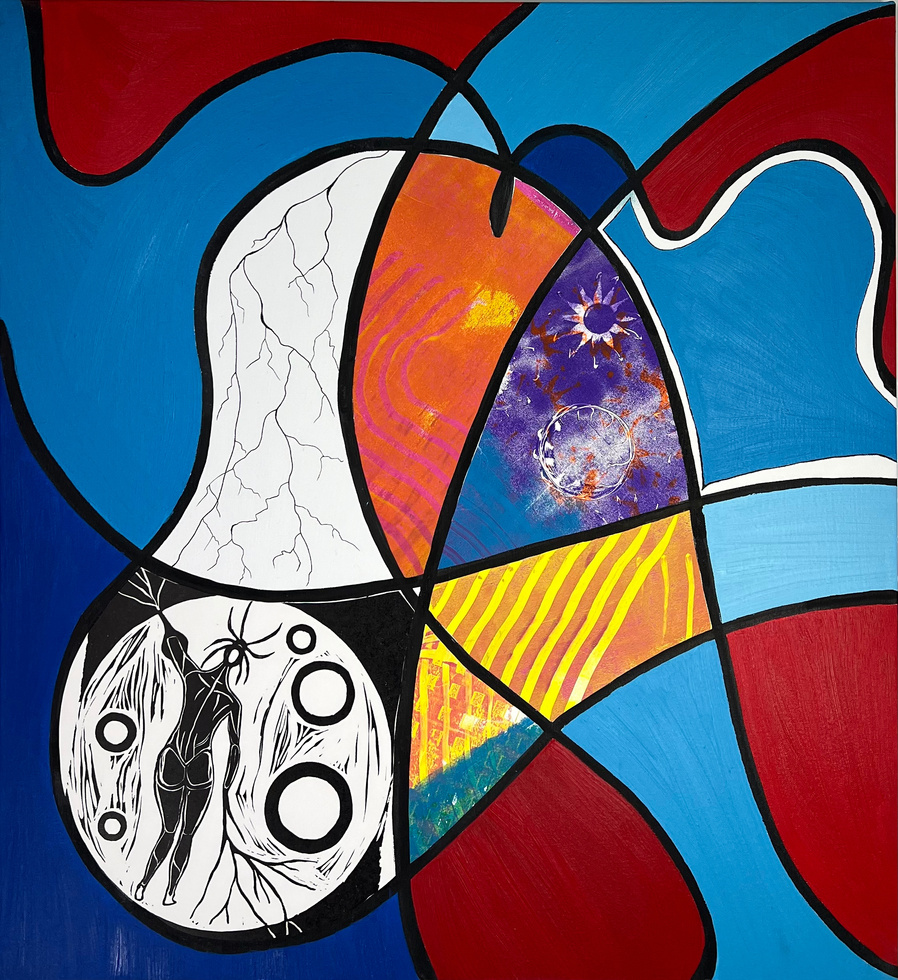
Almost Blue:5-6, 22x24
Oil, prints, and india on canvas
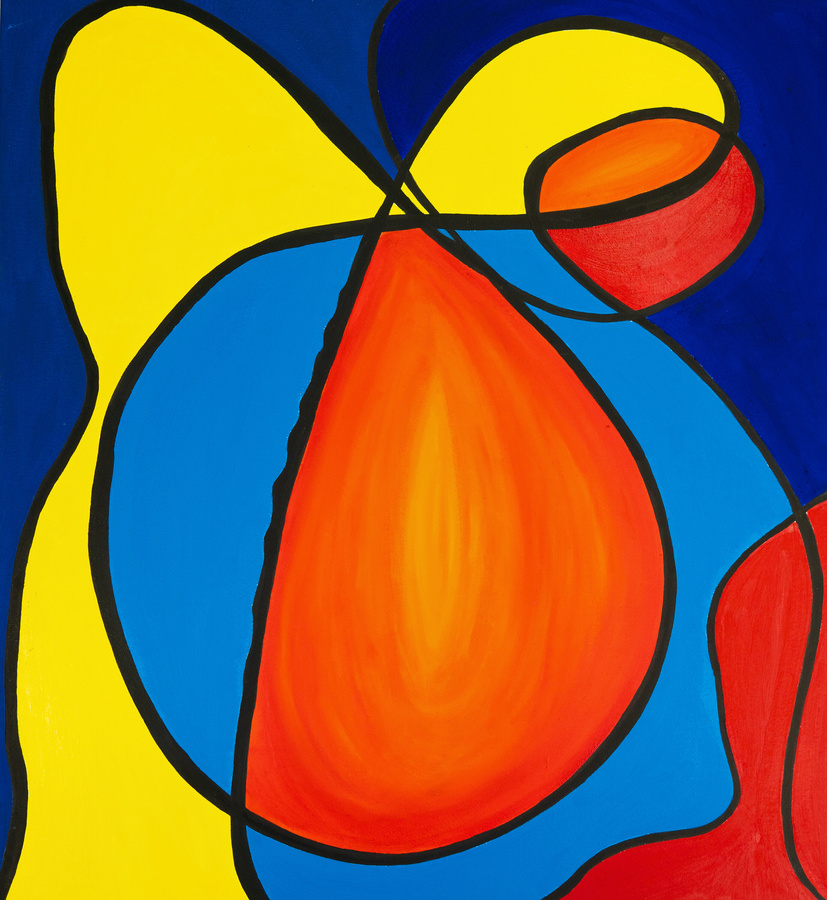
agape, 22x24
Oil and india on canvas
Unavailable
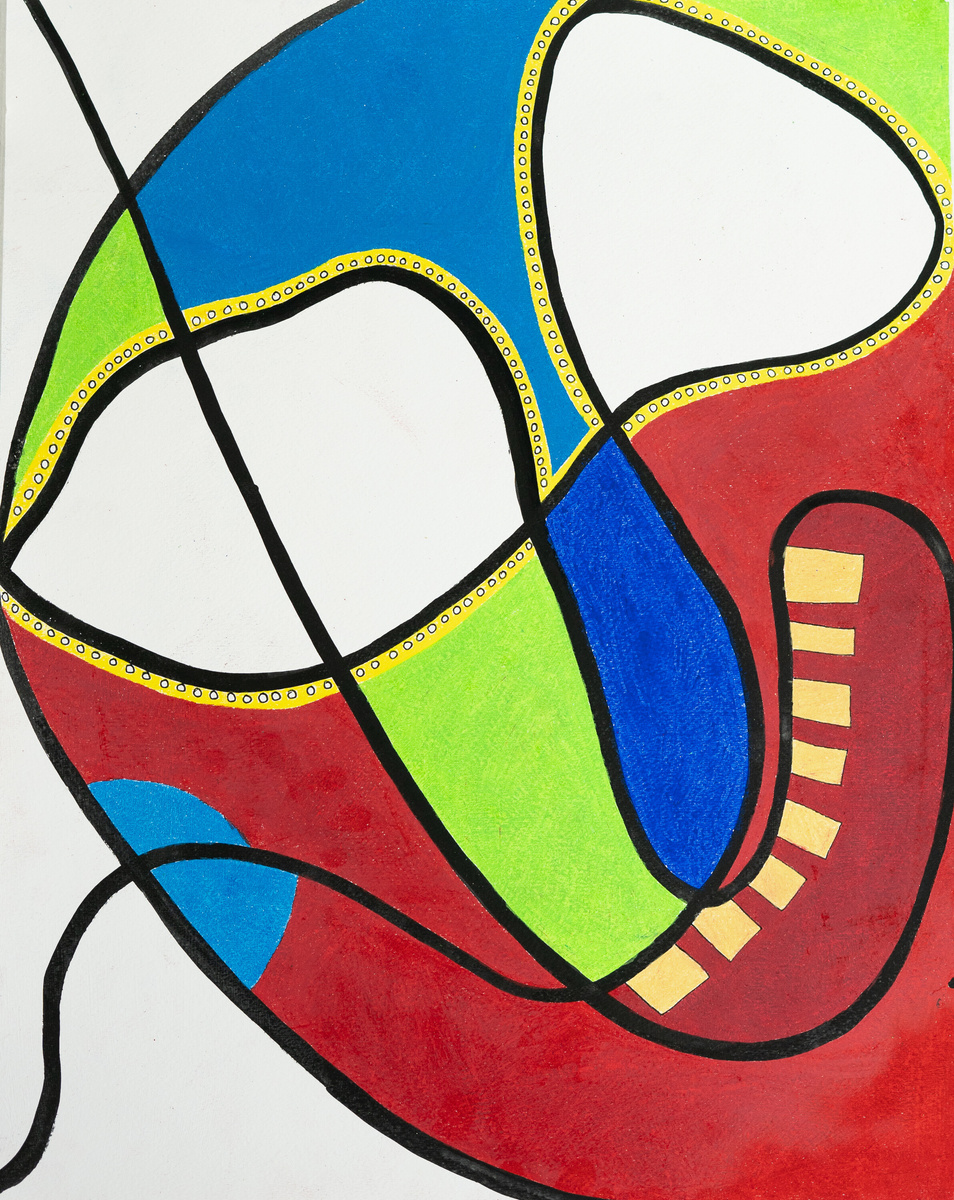
Almost Blue:5-6, 22x24
Oil pastel, prima color pencils, and india on watercolor paper
drawing
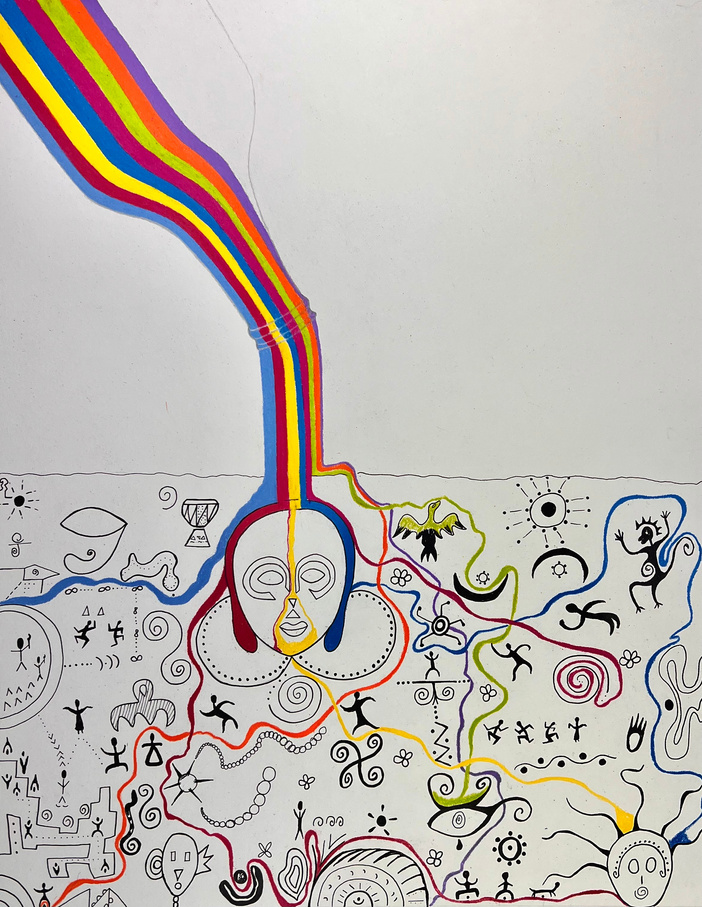
When color arrived, 16x20
prisma color pencils, micron on illustration board (framed)
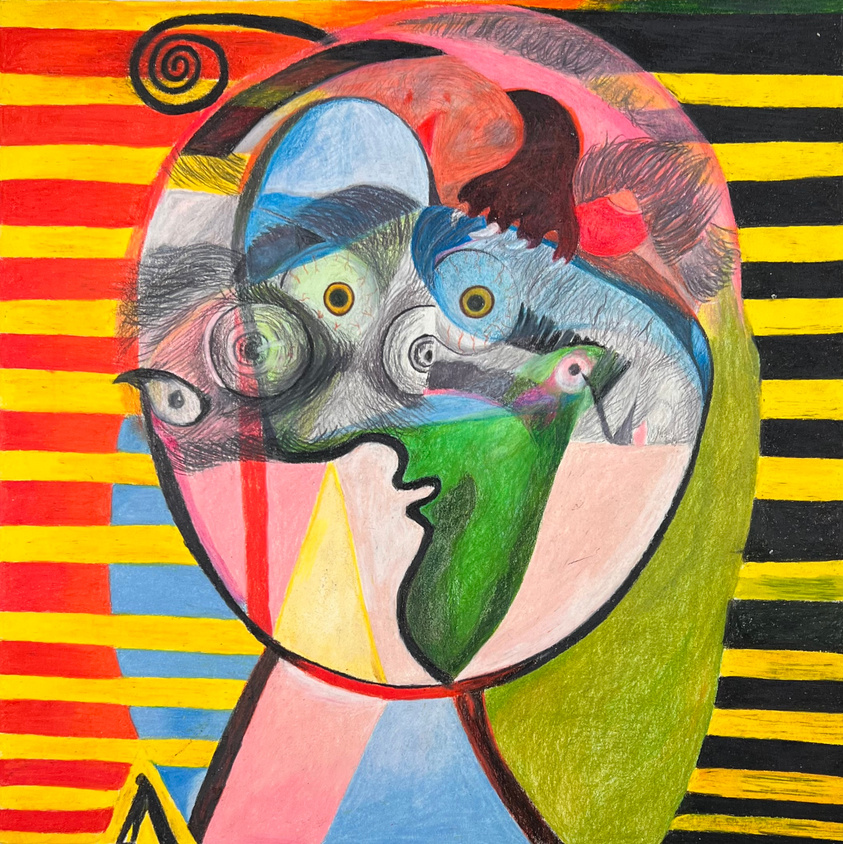
It’s in the eyes,16x16
Prisma color pencils, watercolor on illustration board
(framed)

Untitled 1: Displayed together
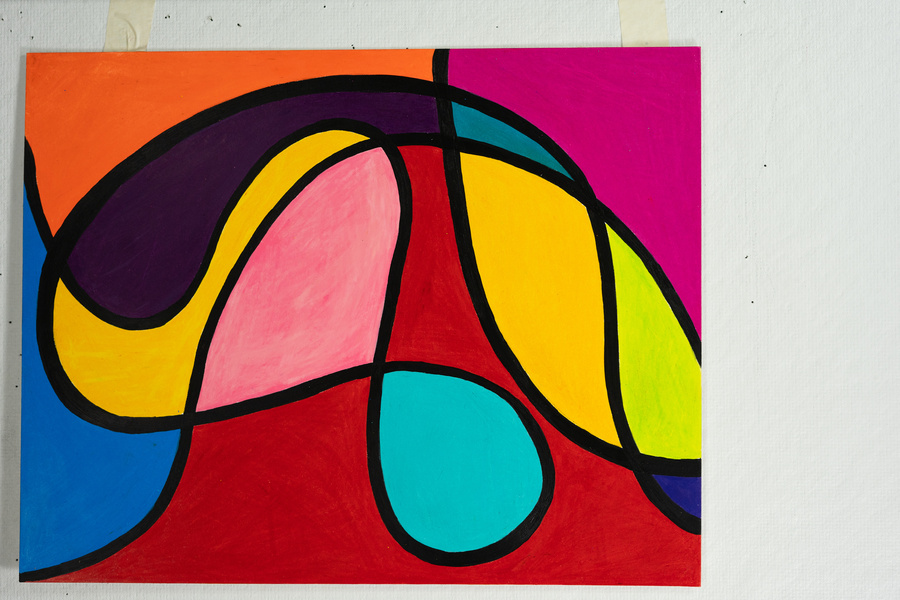
Piece 1,11x14
Prisma color pencils, india ink on illustration board
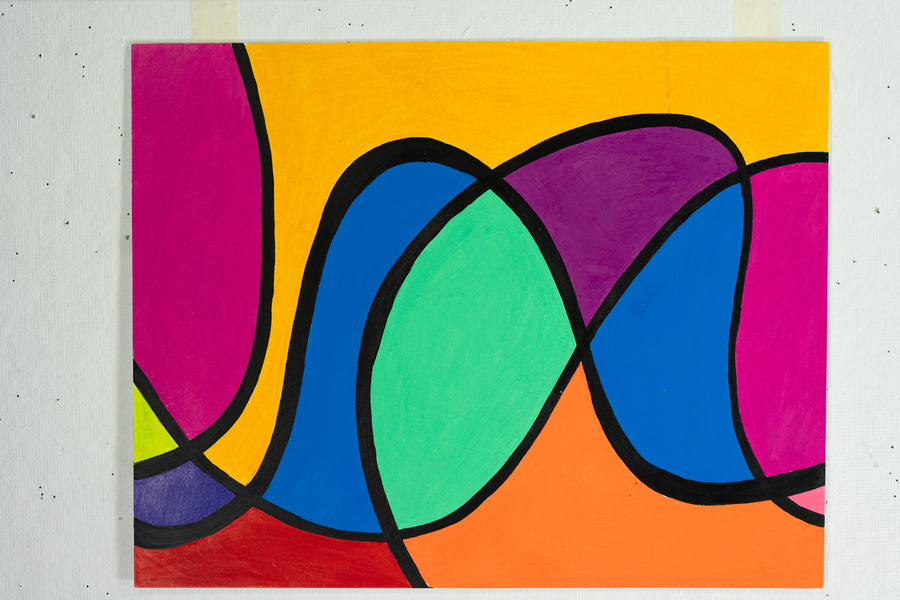
Piece 2,11x14
Prisma color pencils, india ink on illustration board
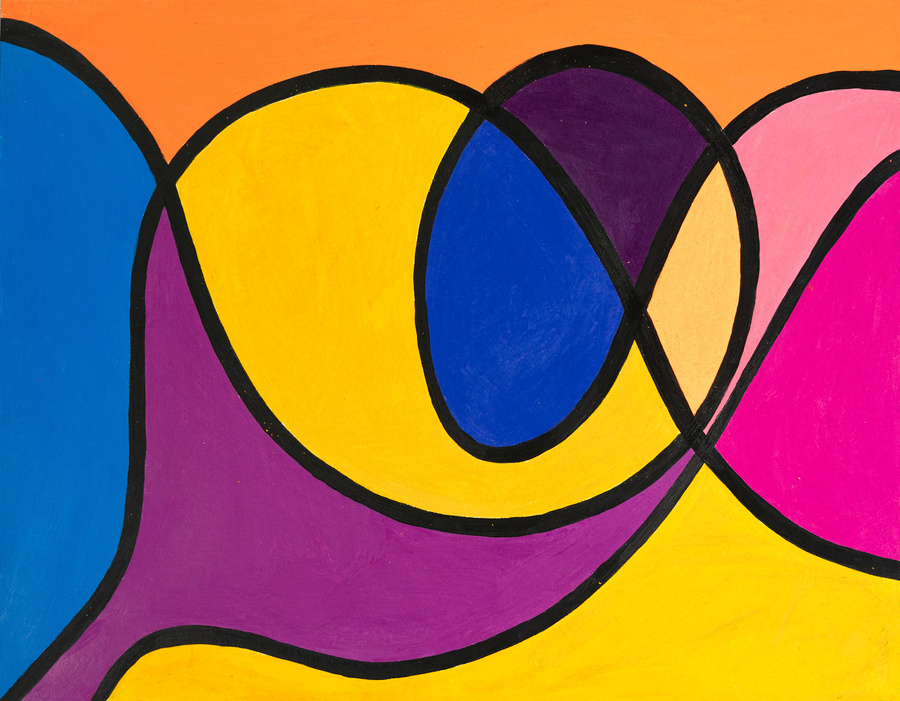
Piece 3,11x14
Prisma color pencils, india ink on illustration board
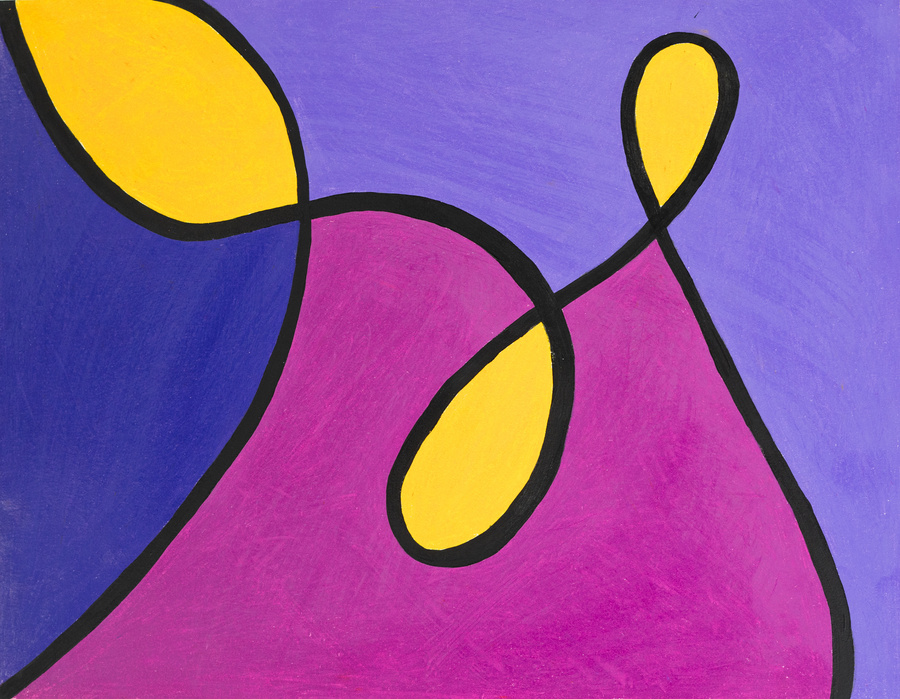
Piece 3,11x14
Prisma color pencils, watercolor on illustration board
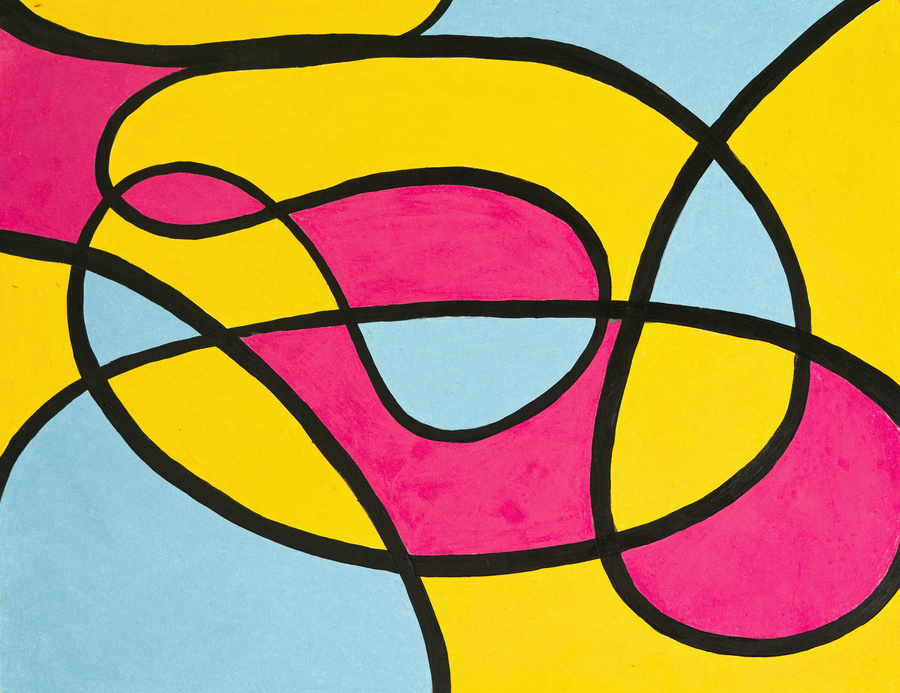
Piece 3,11x14
Prisma color pencils, watercolor on illustration board
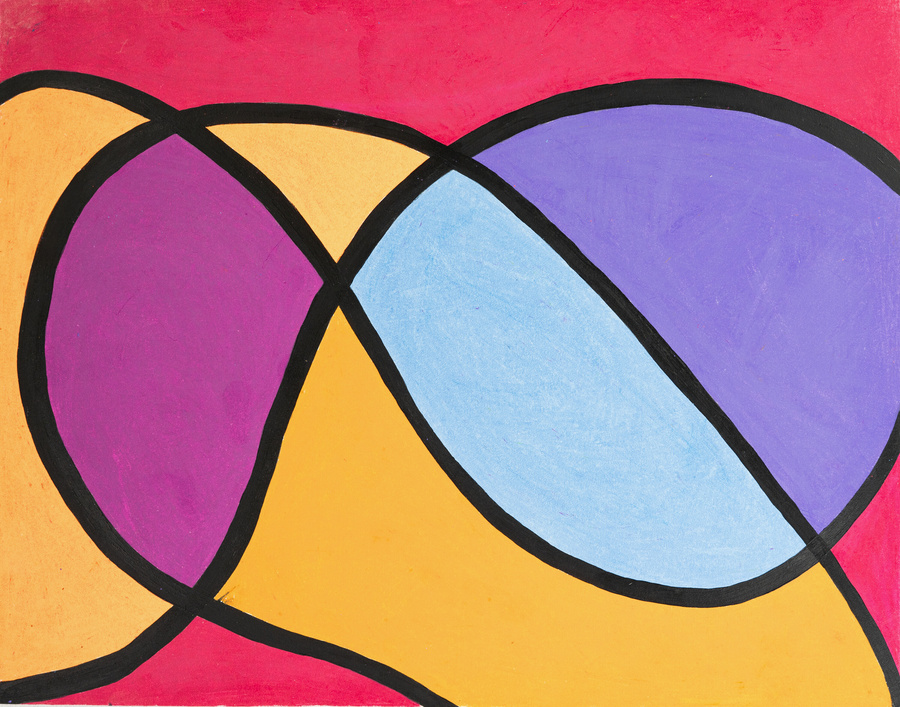
sculpture
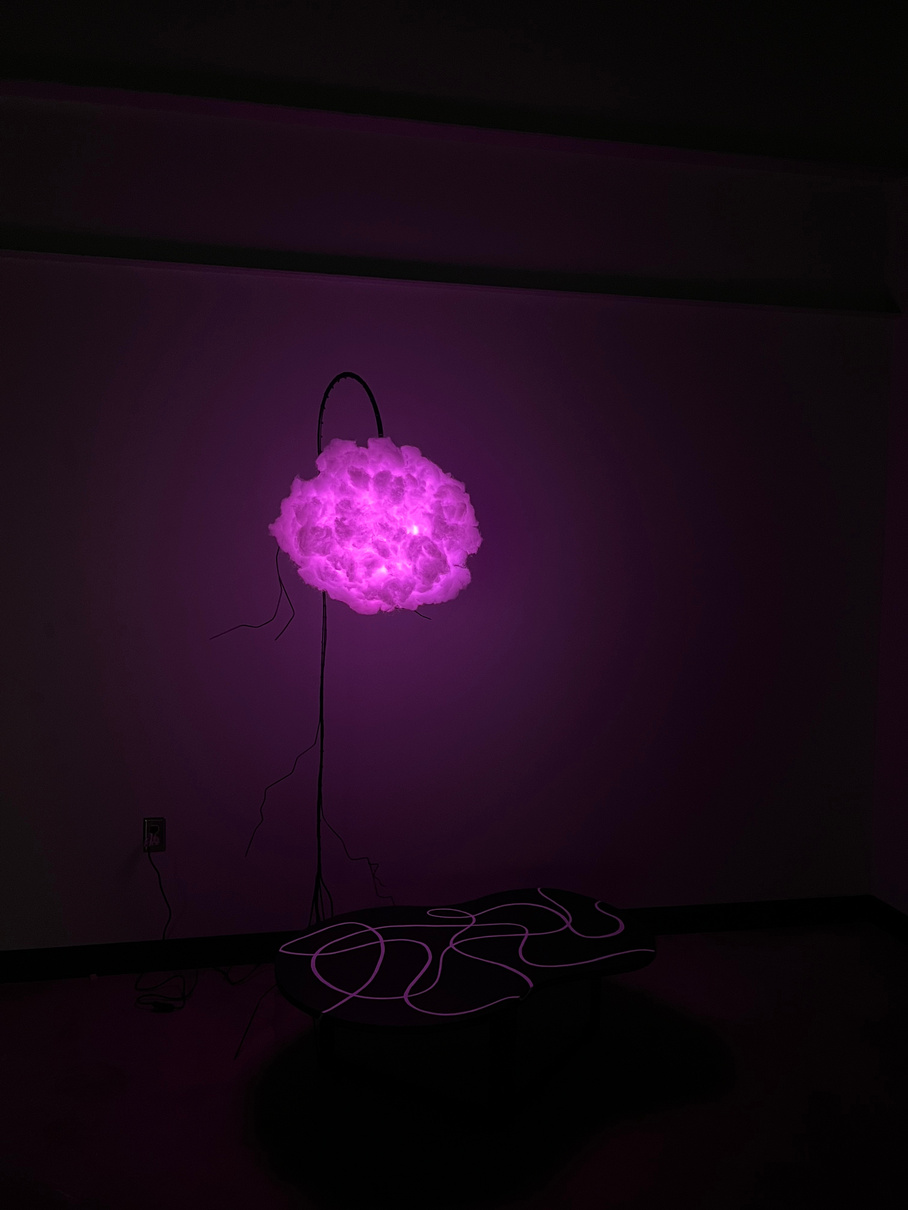
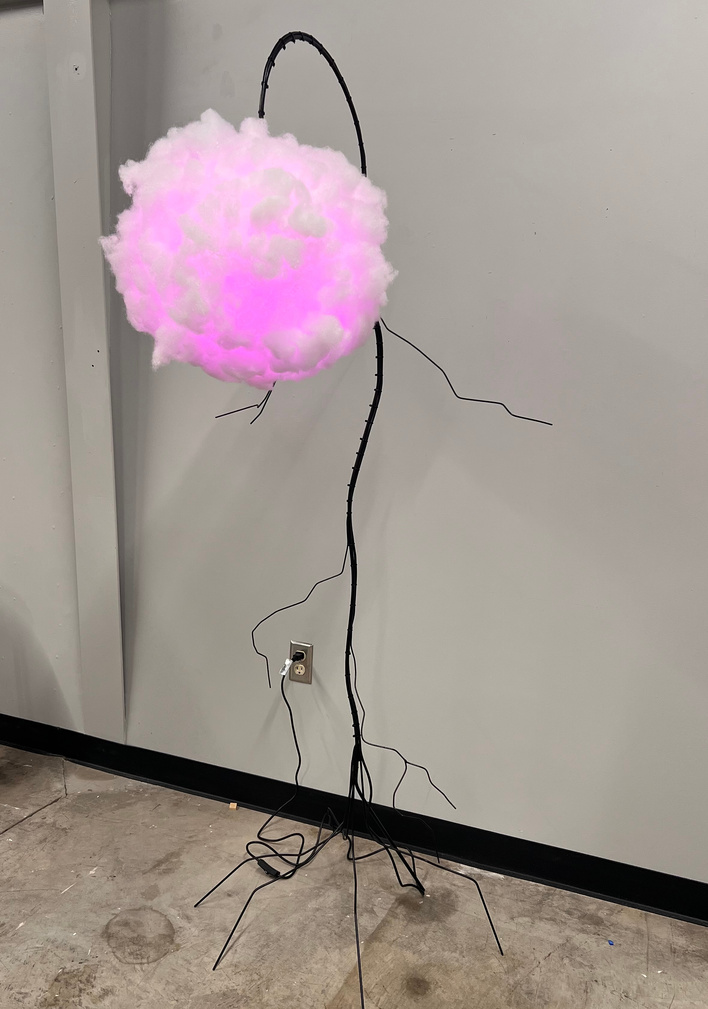
Lamp 1 concept

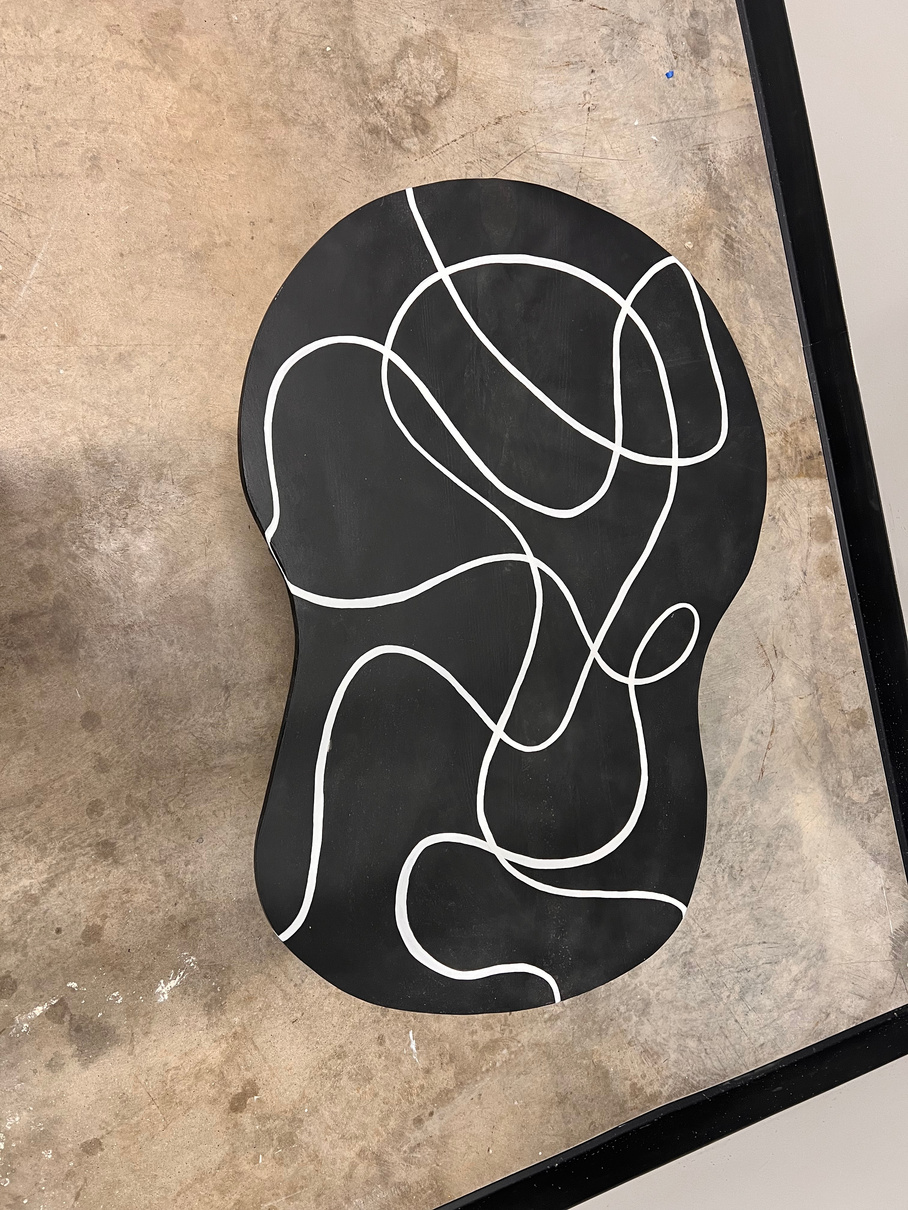
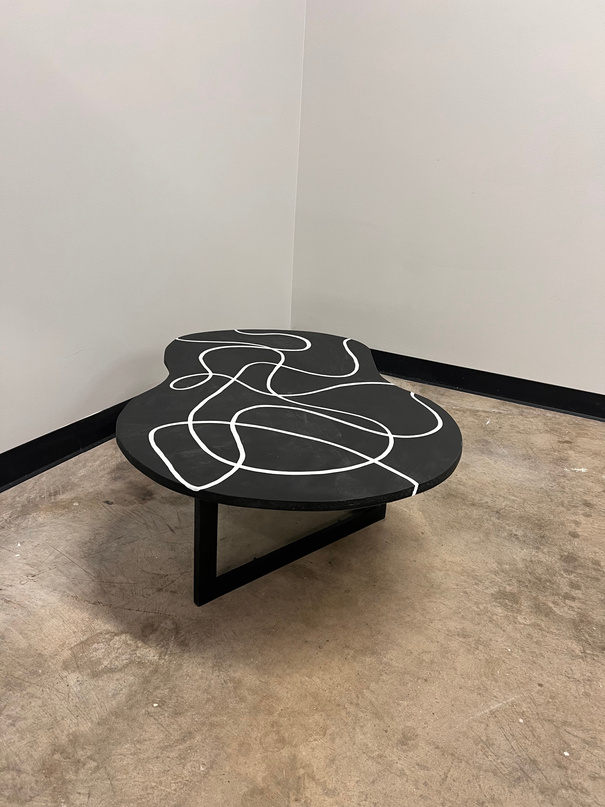
Table 1 concept
